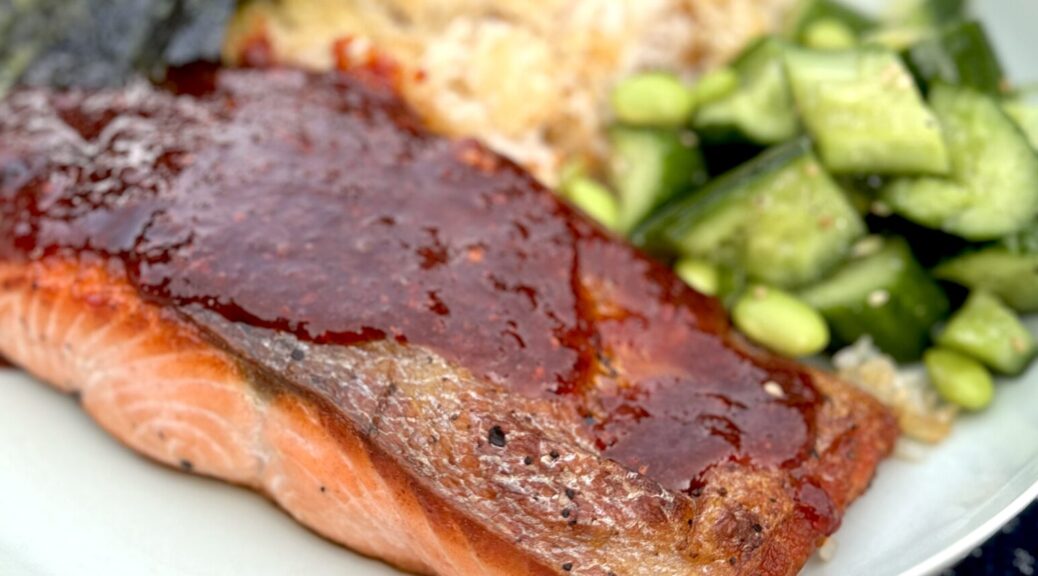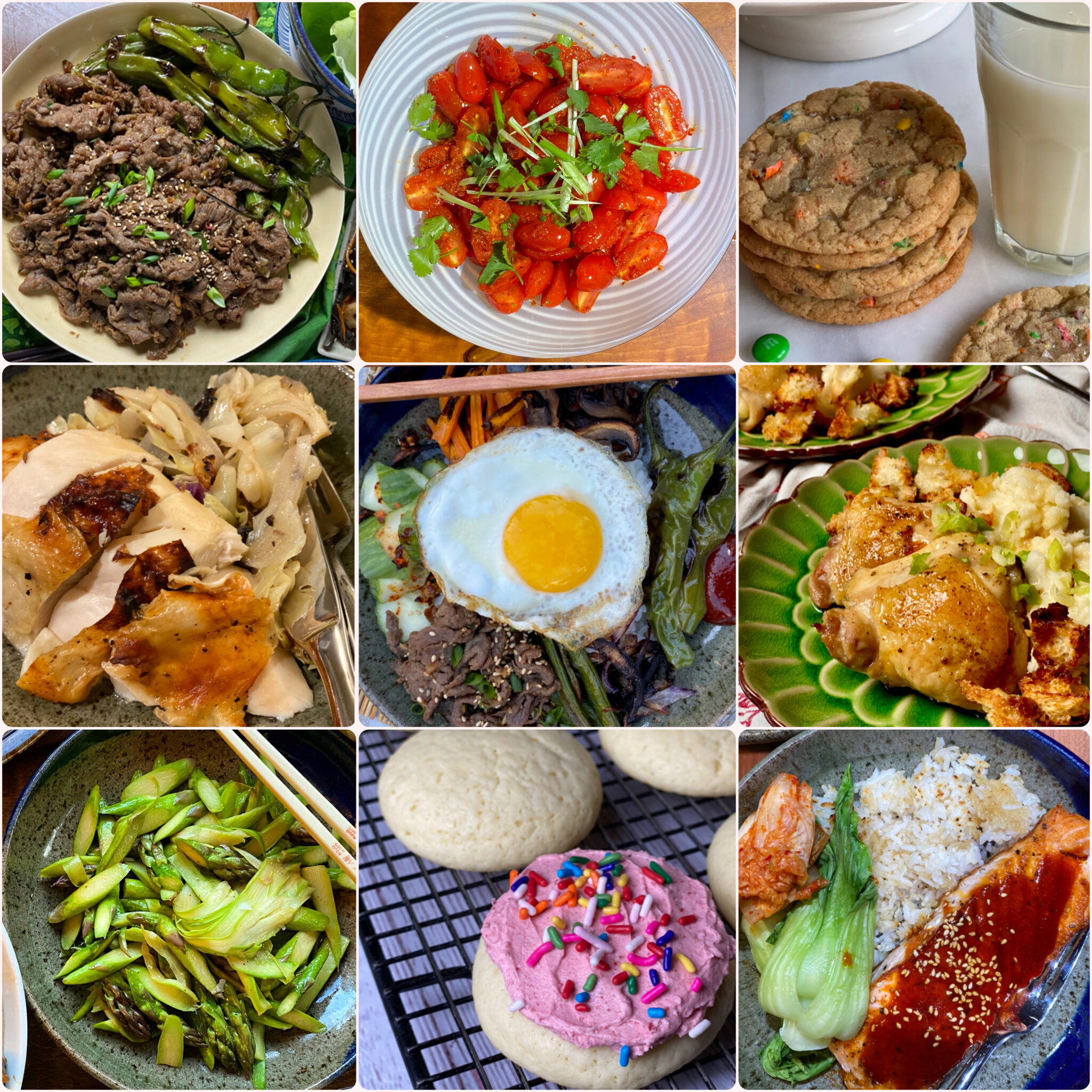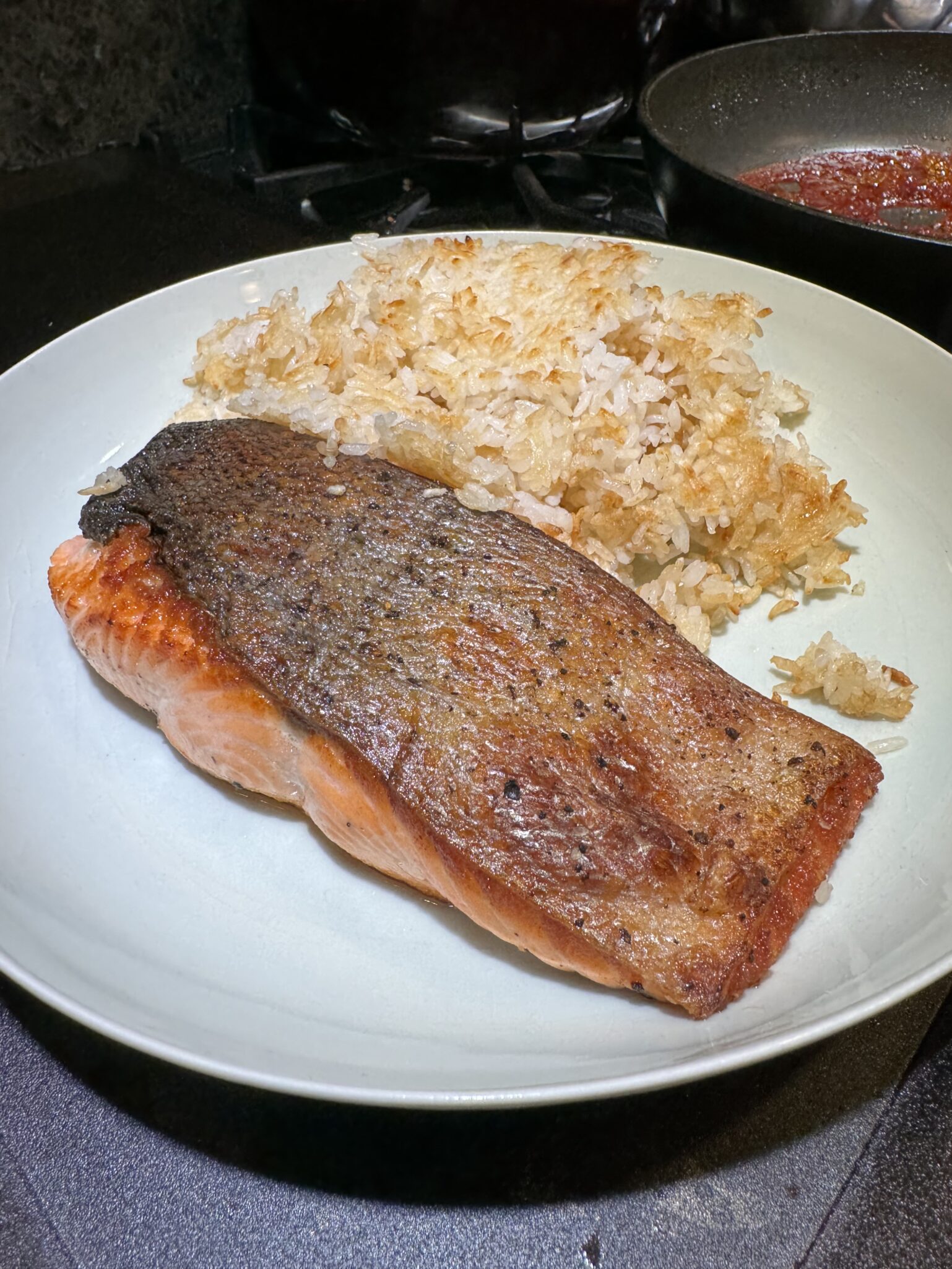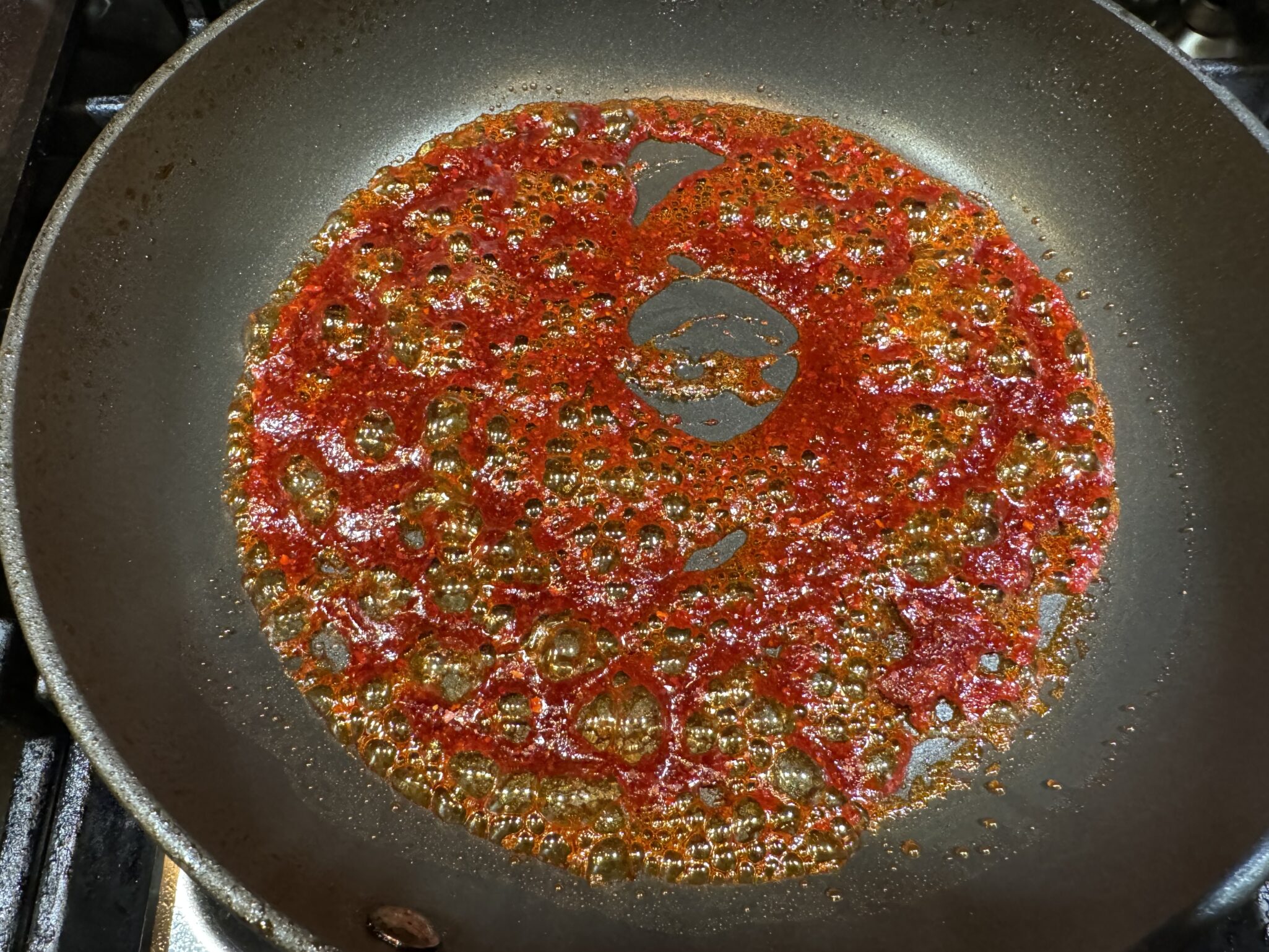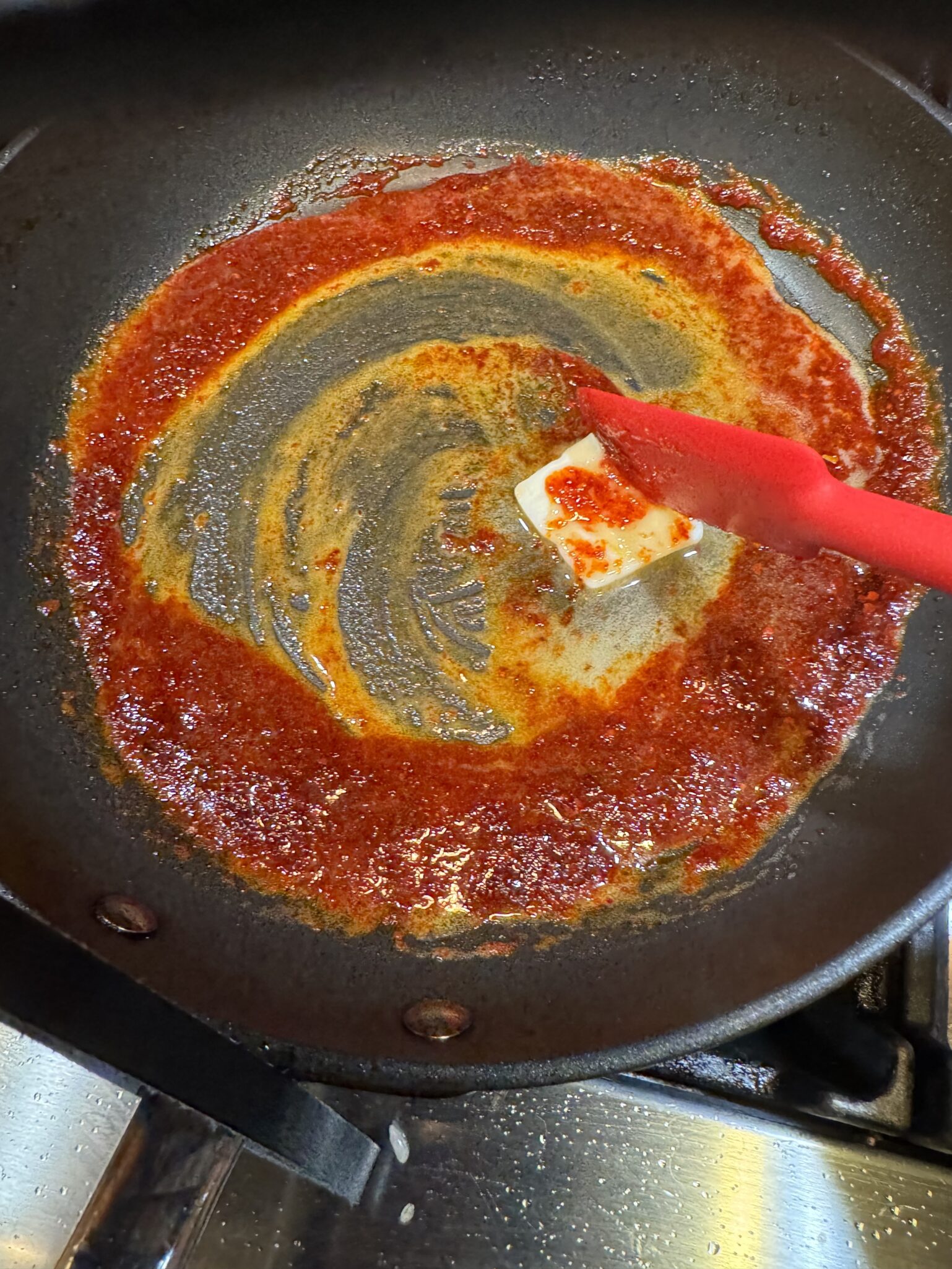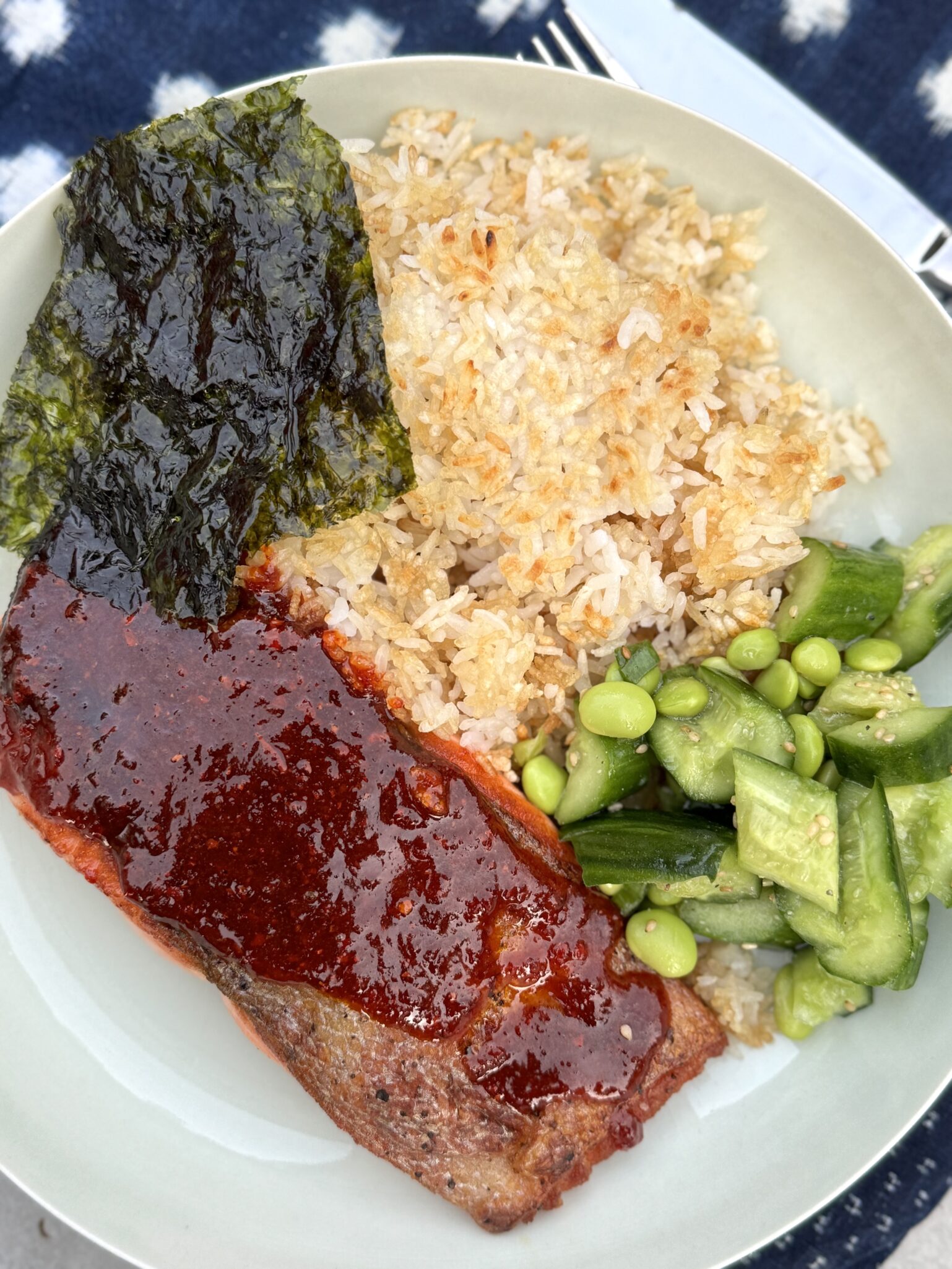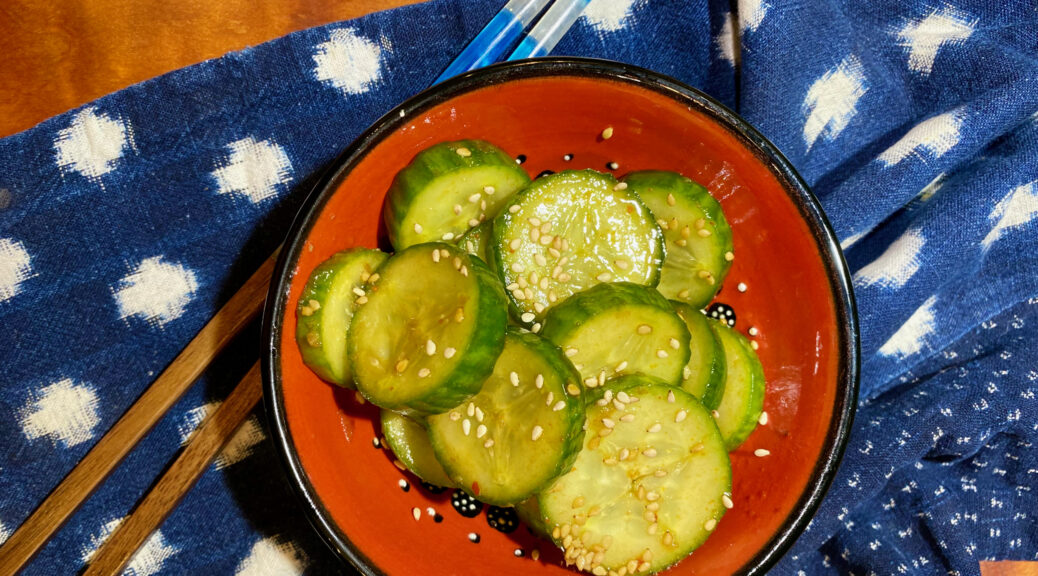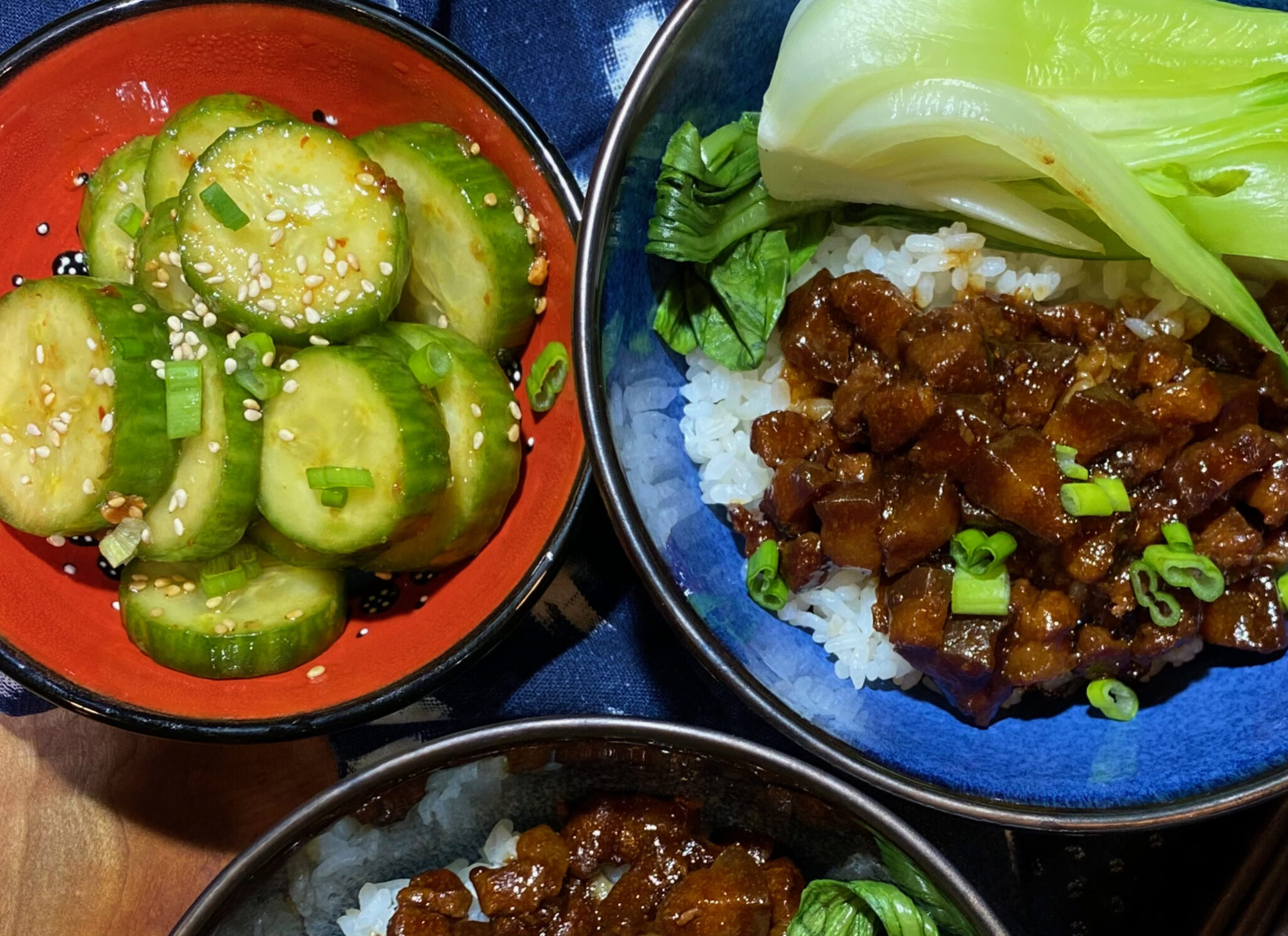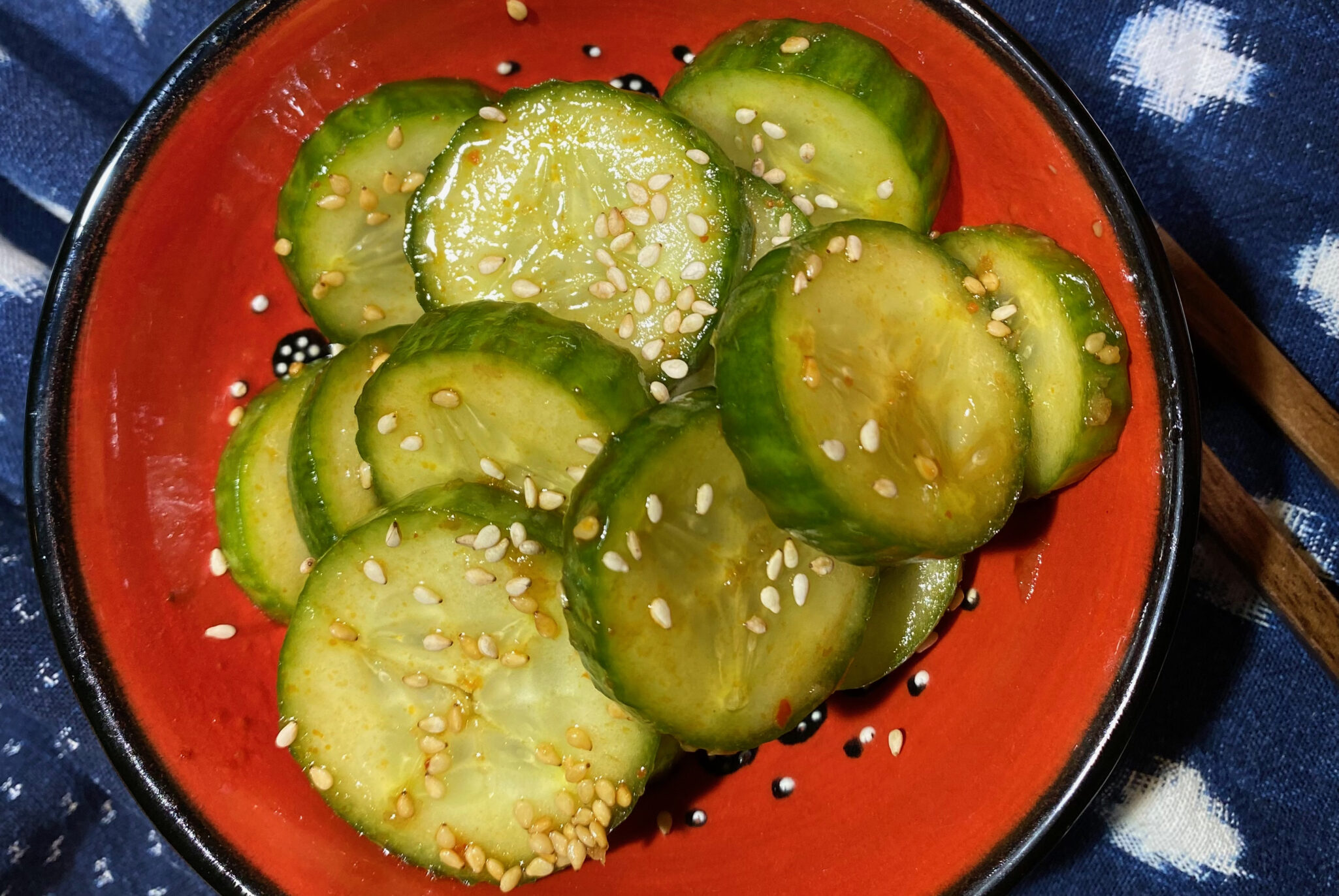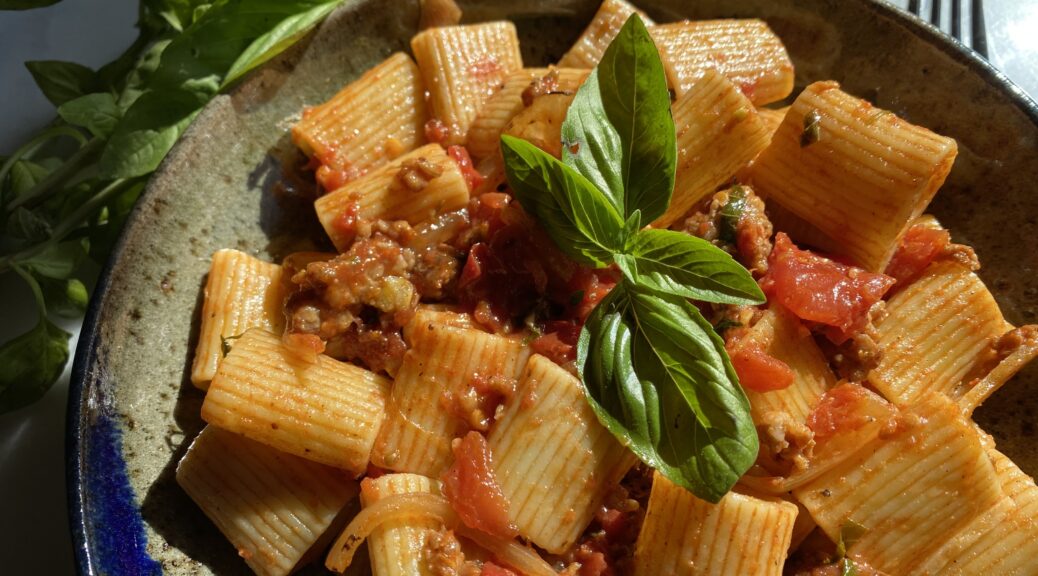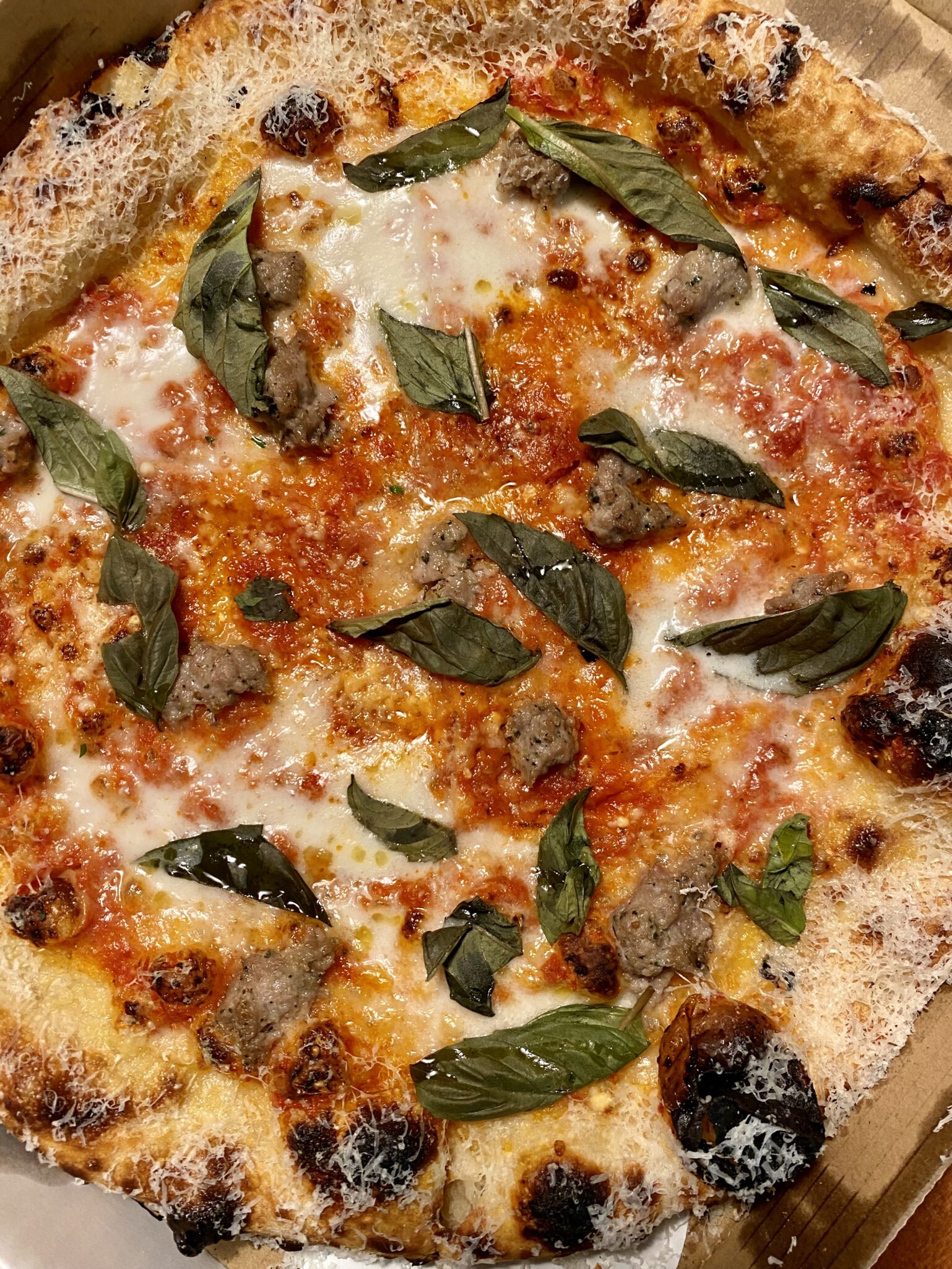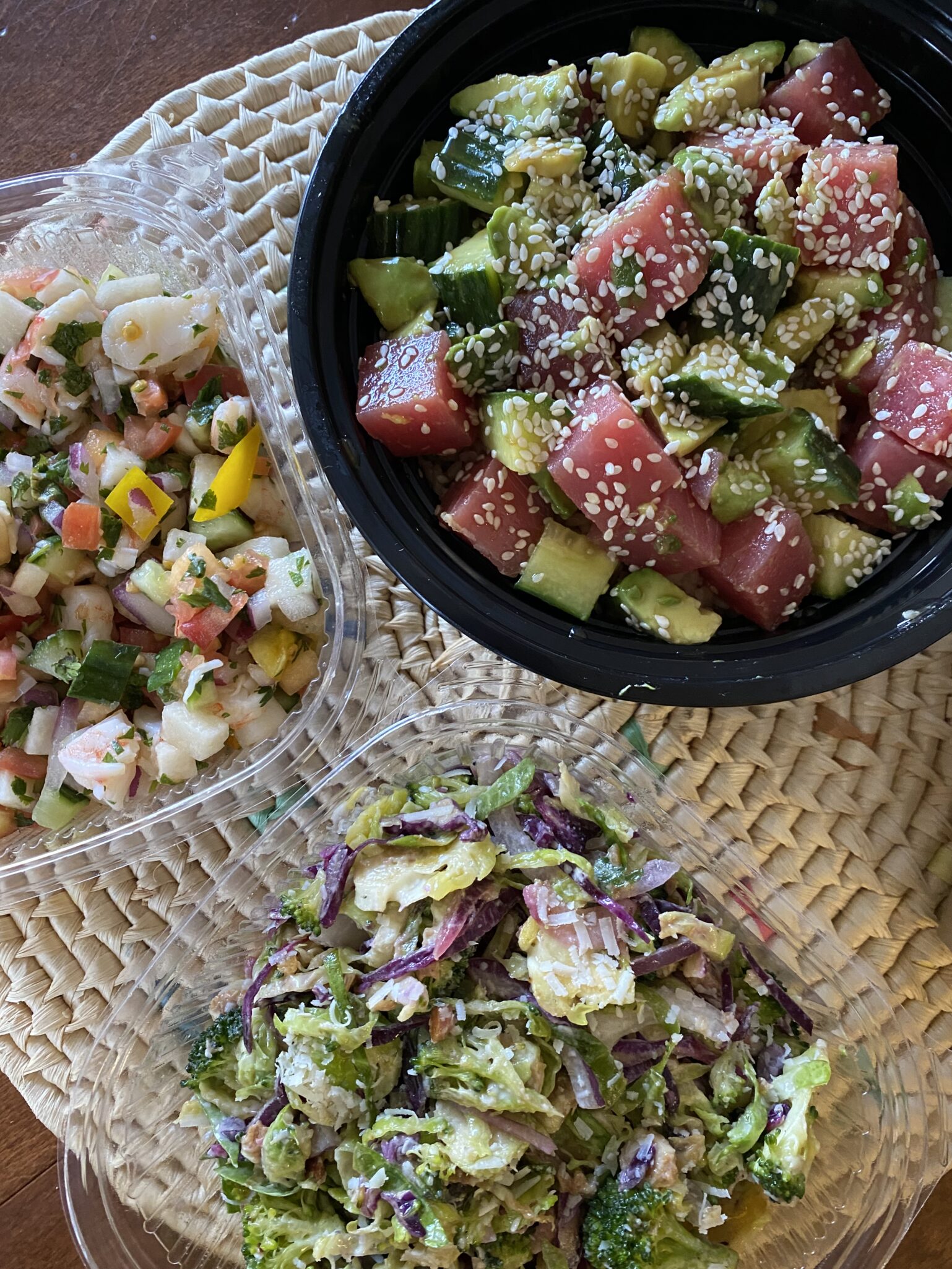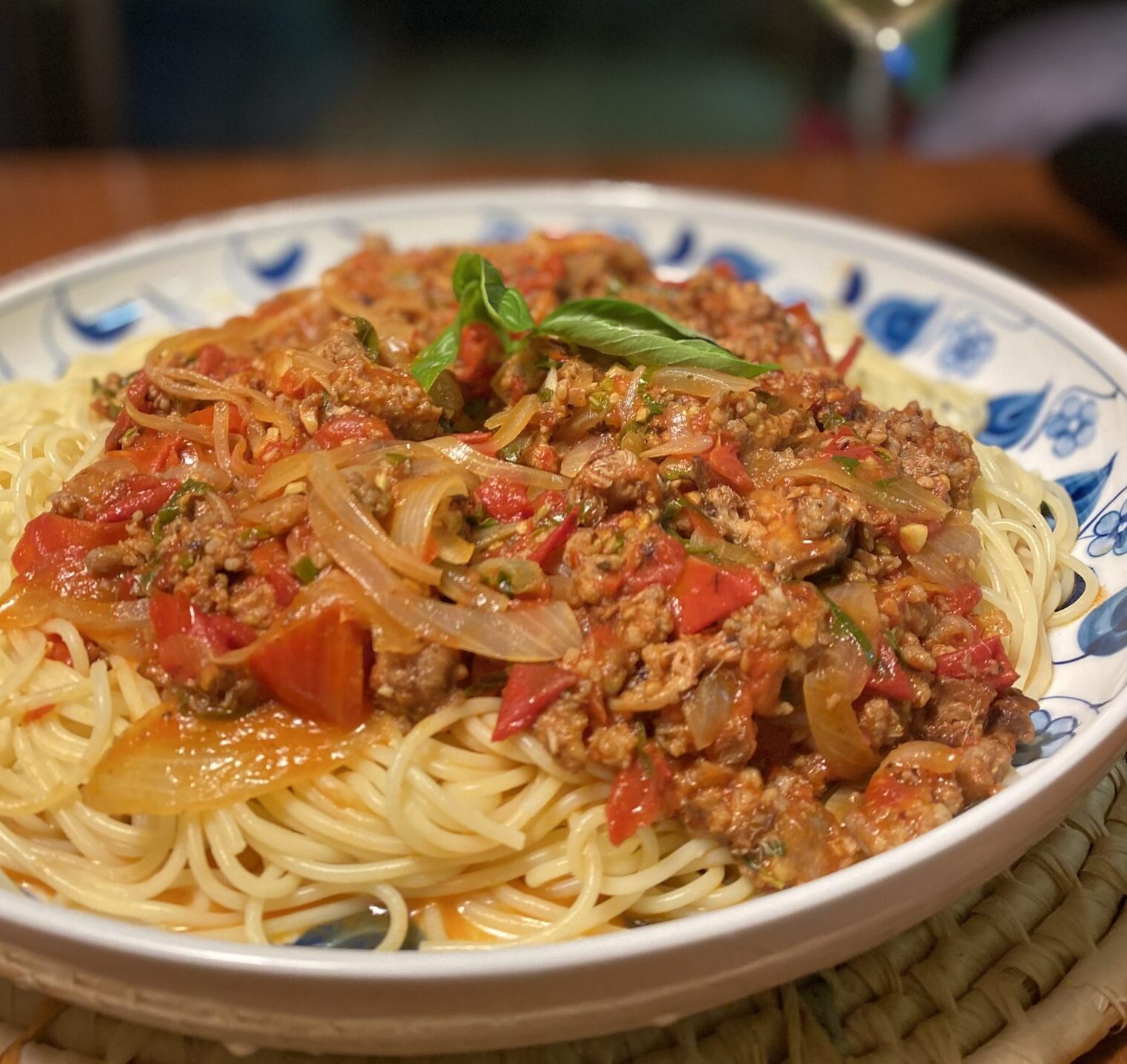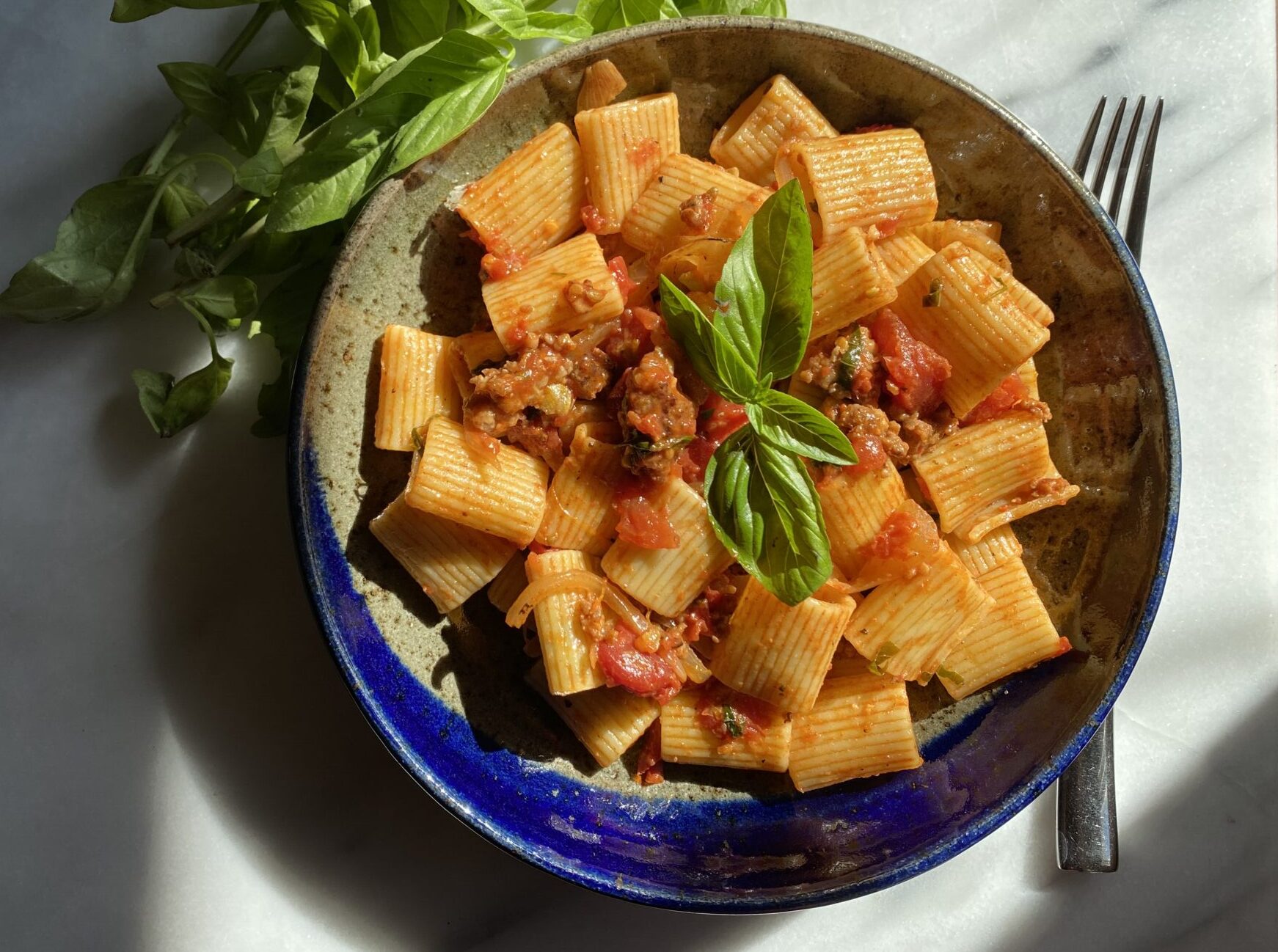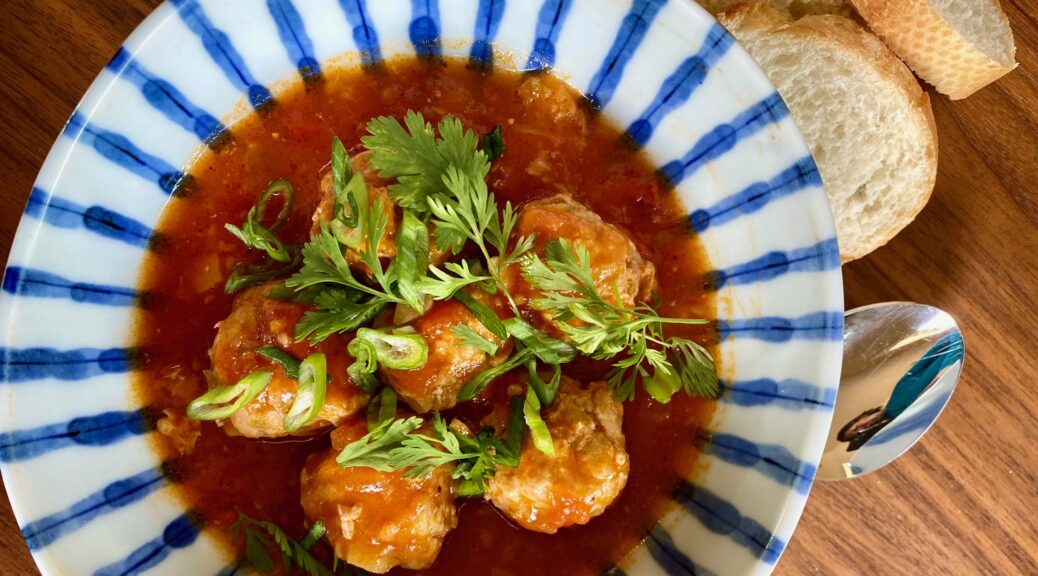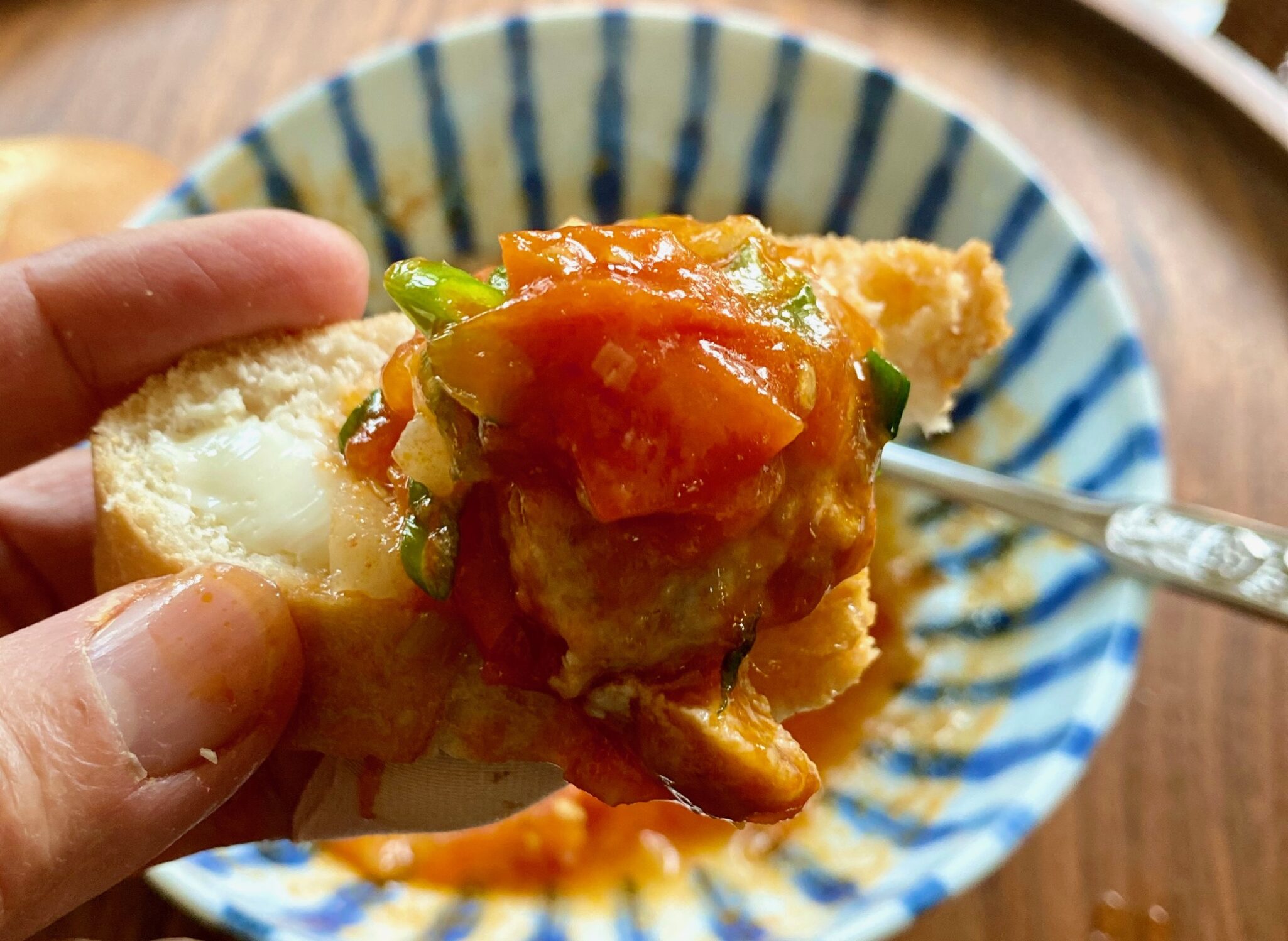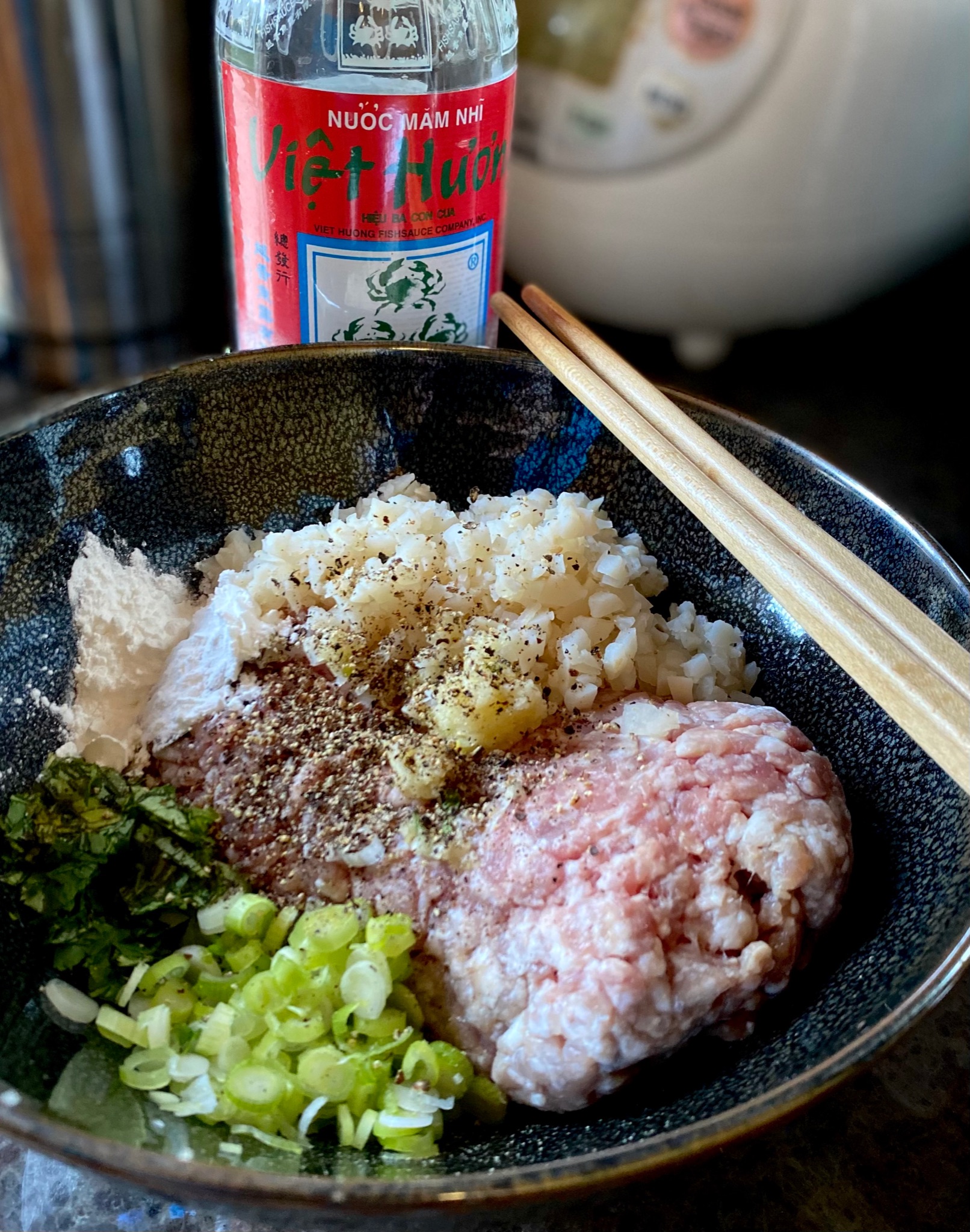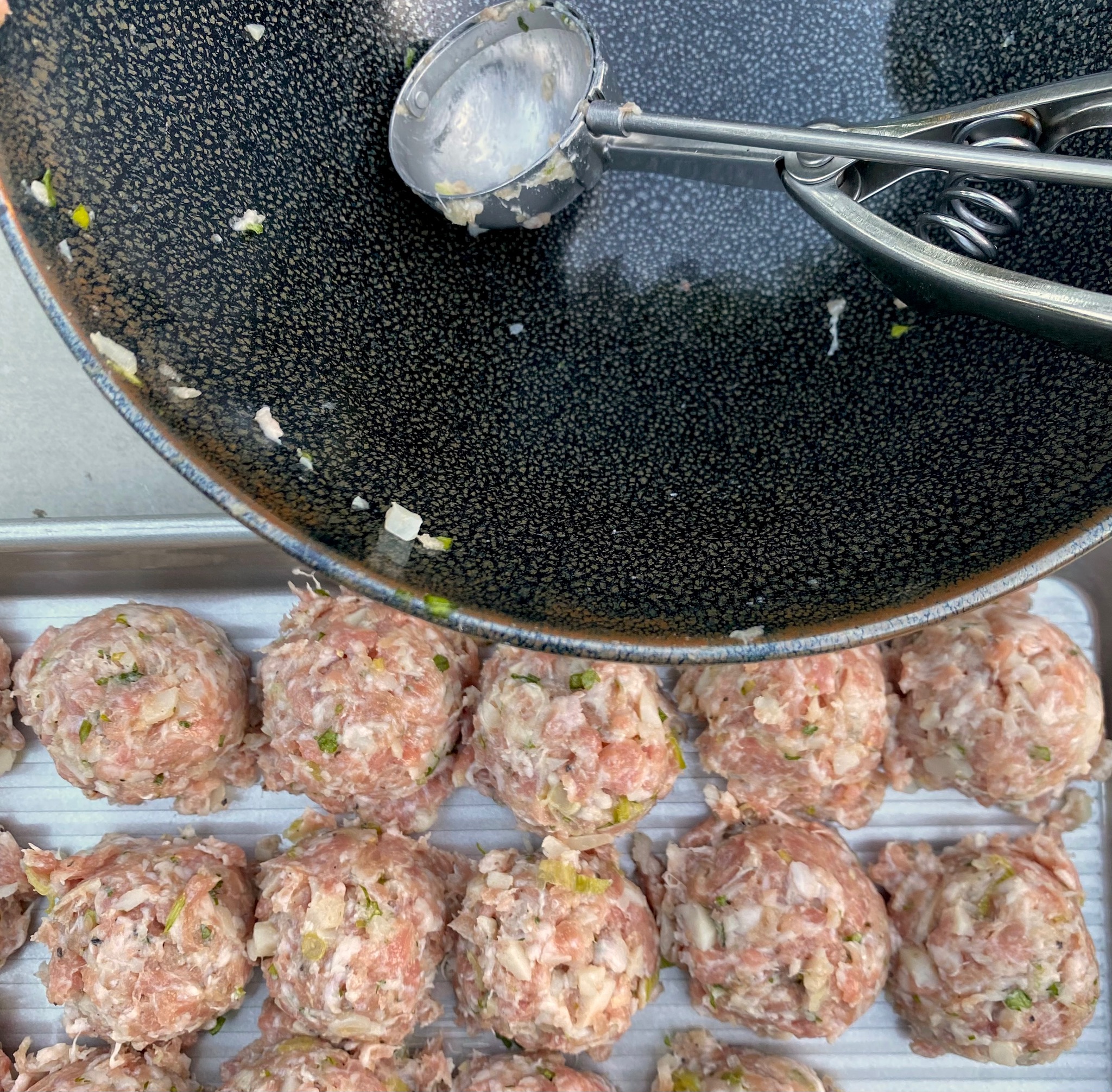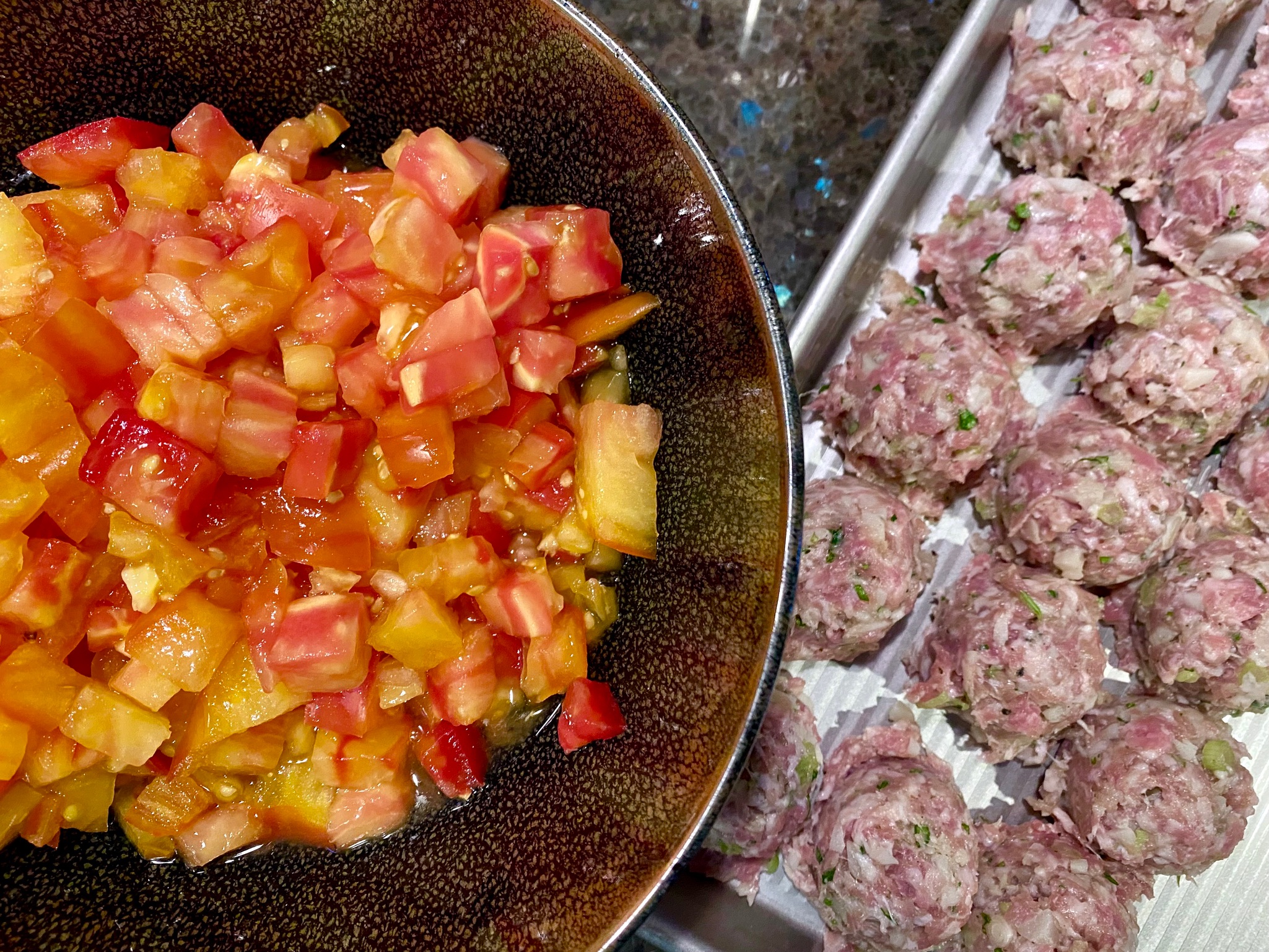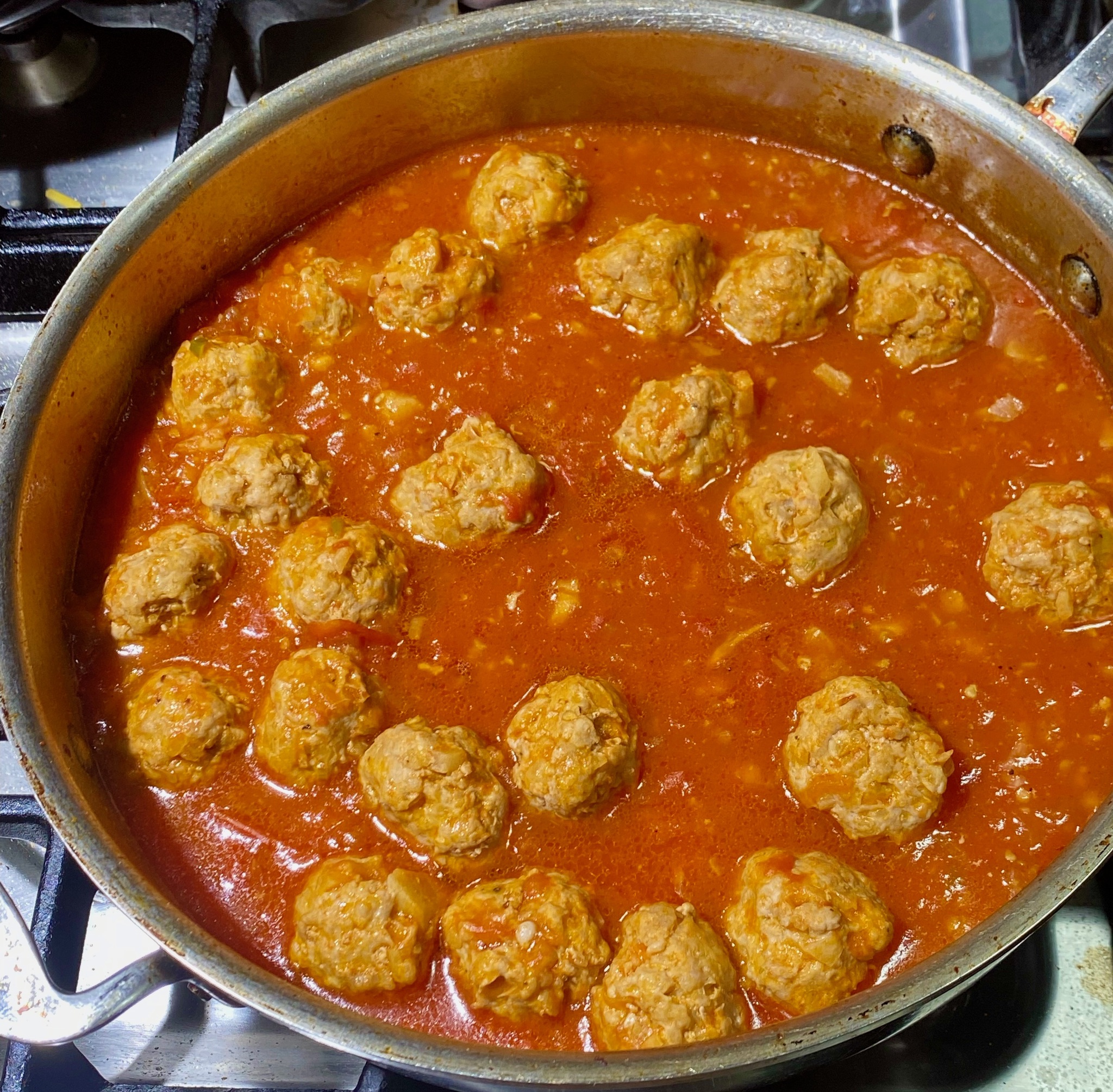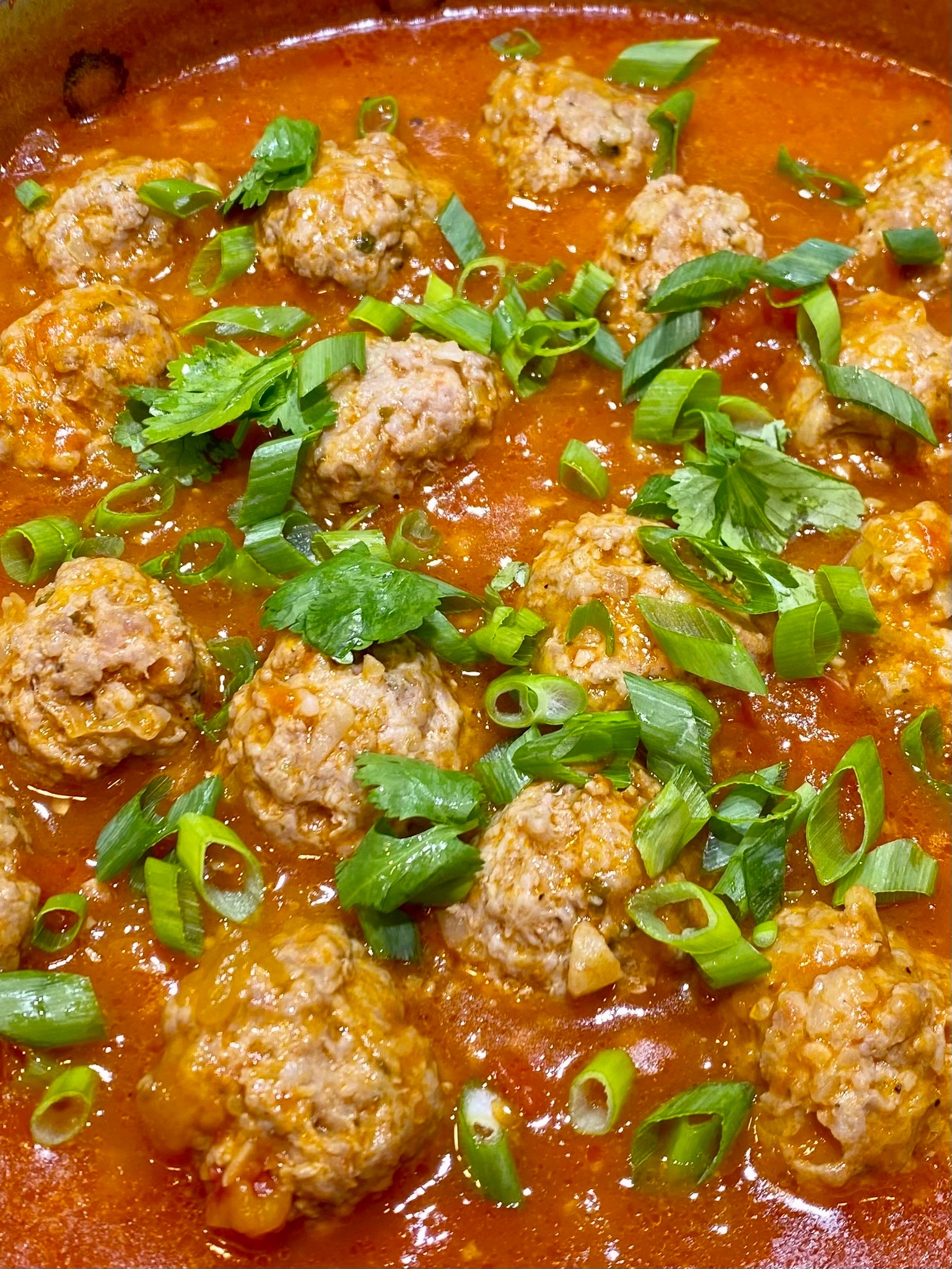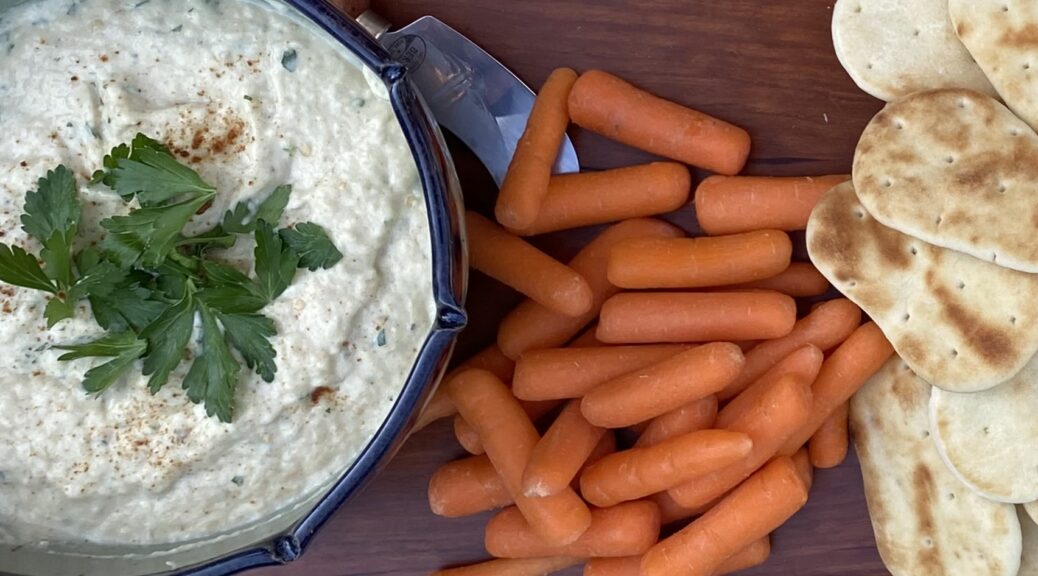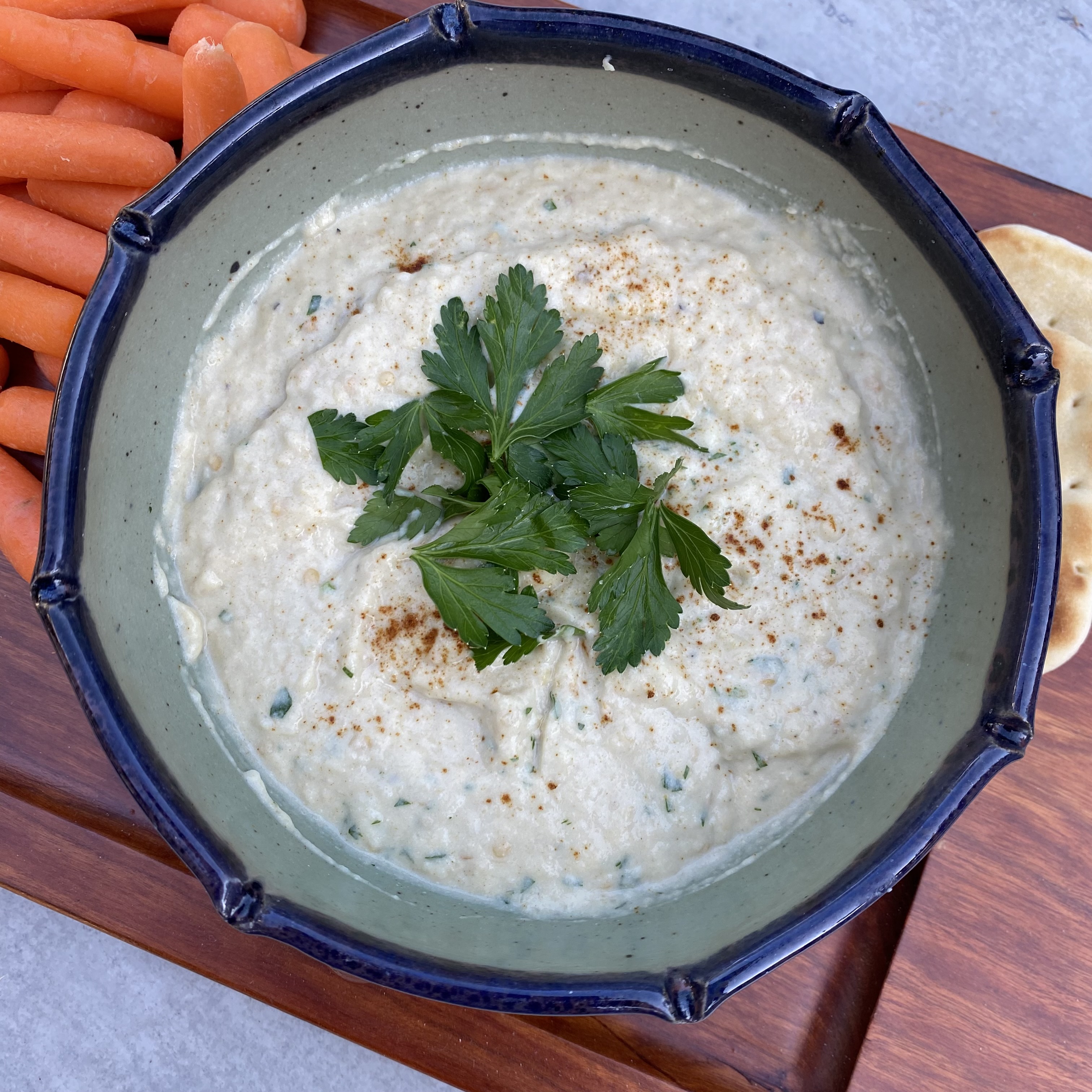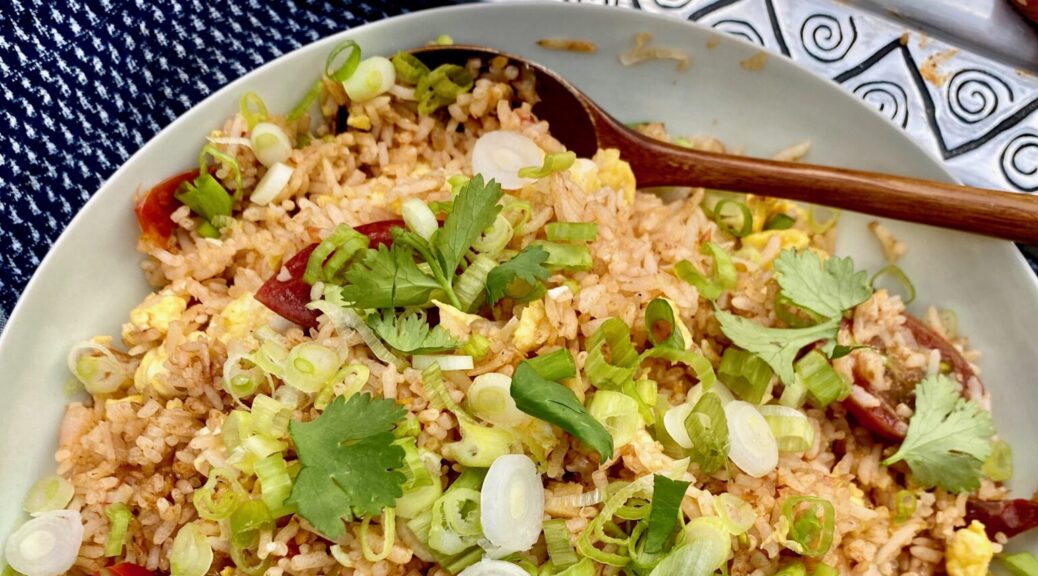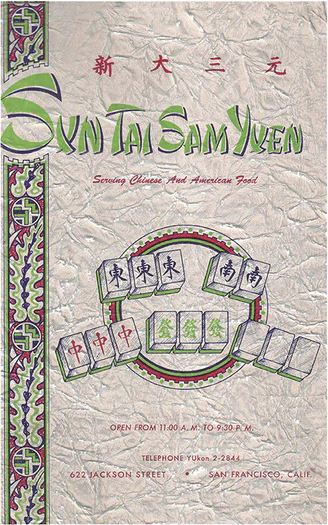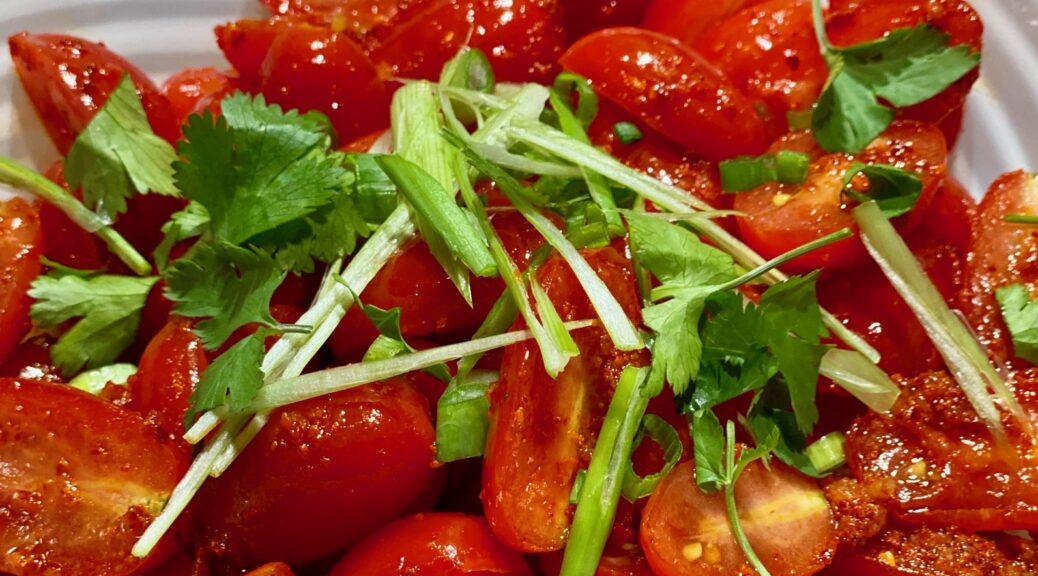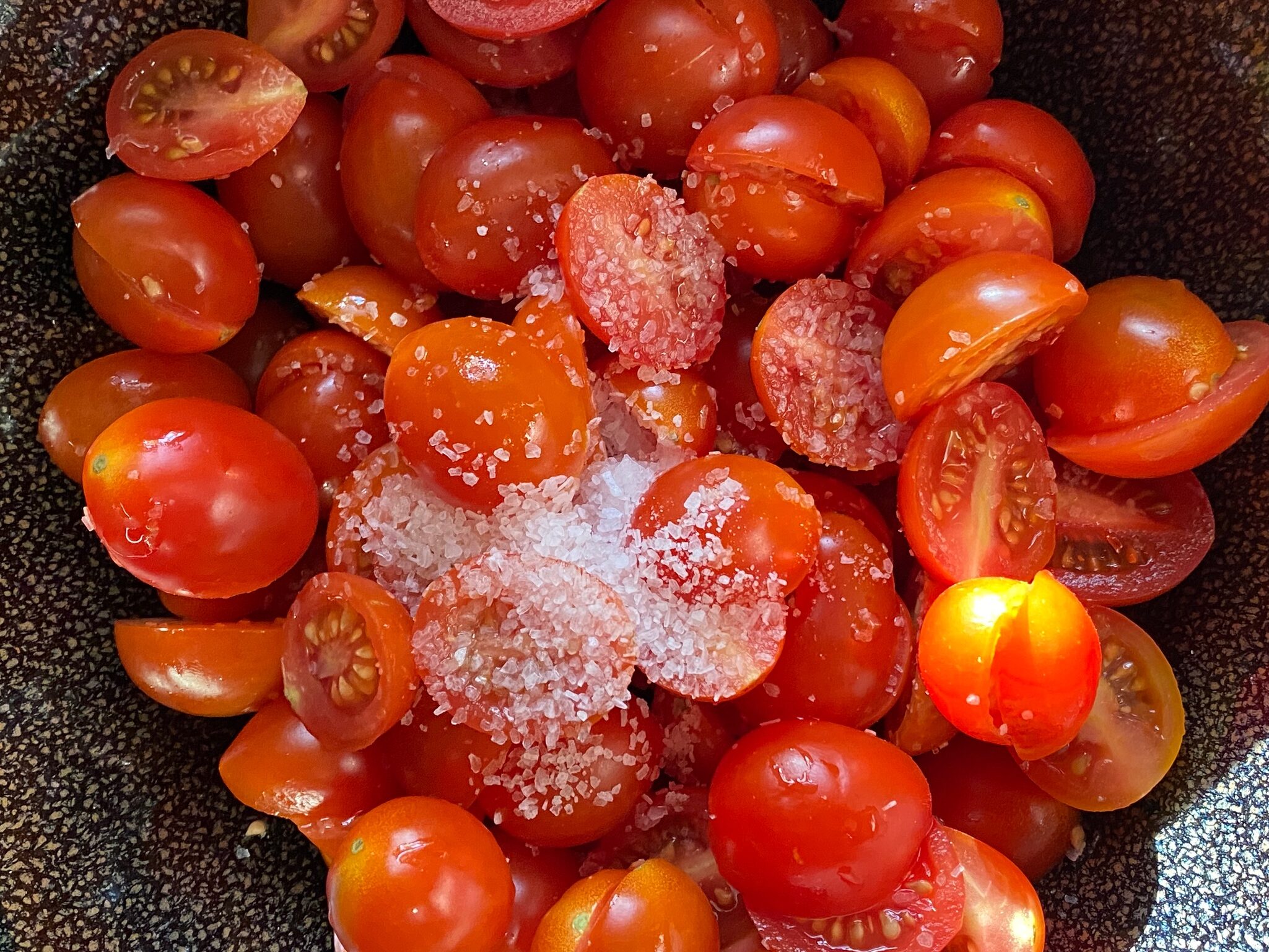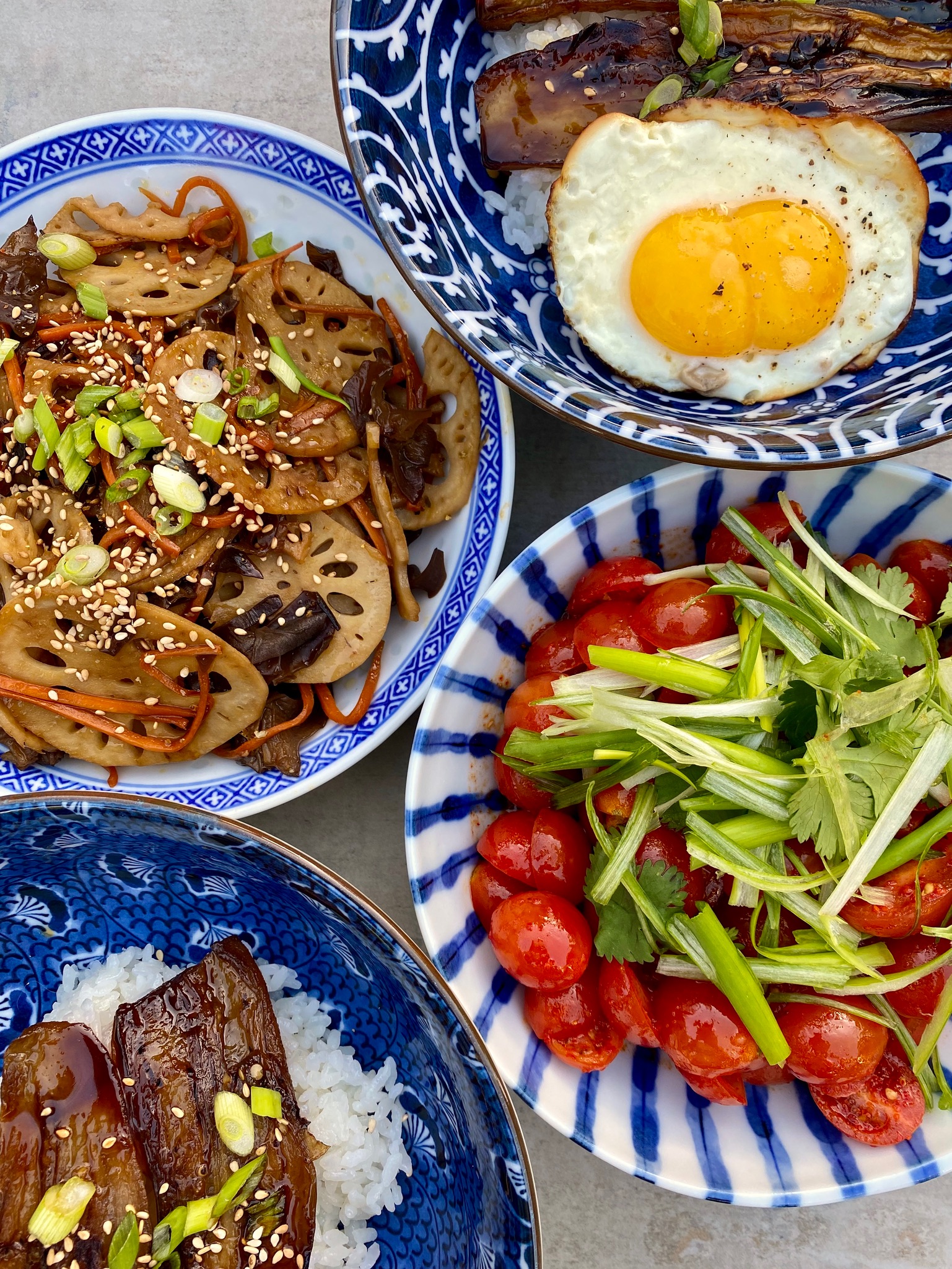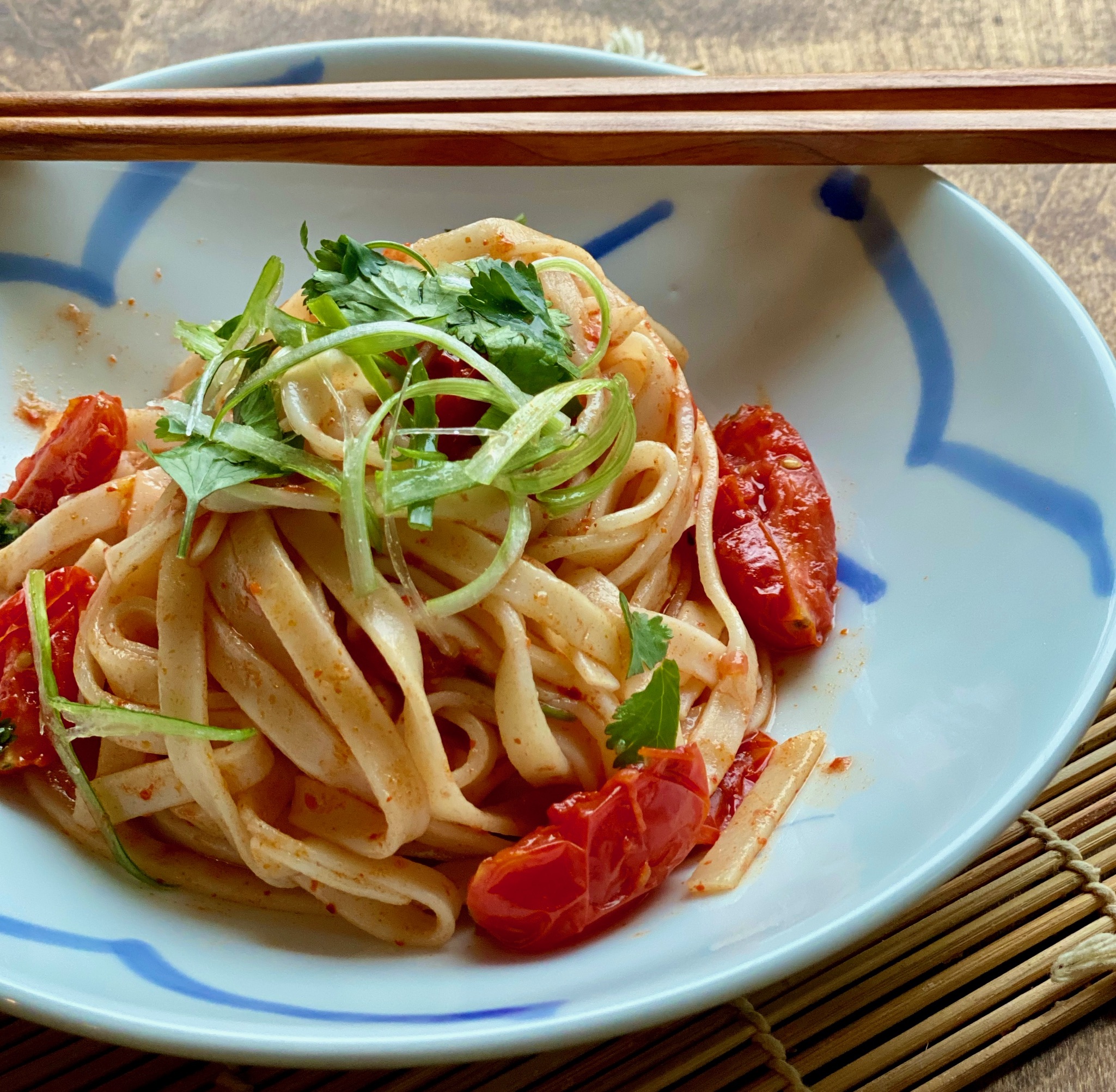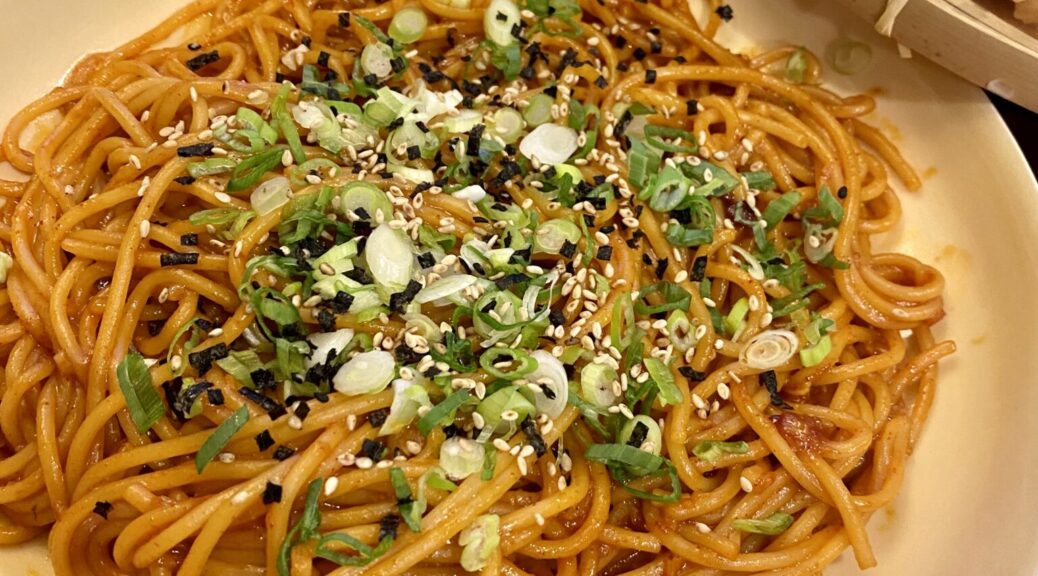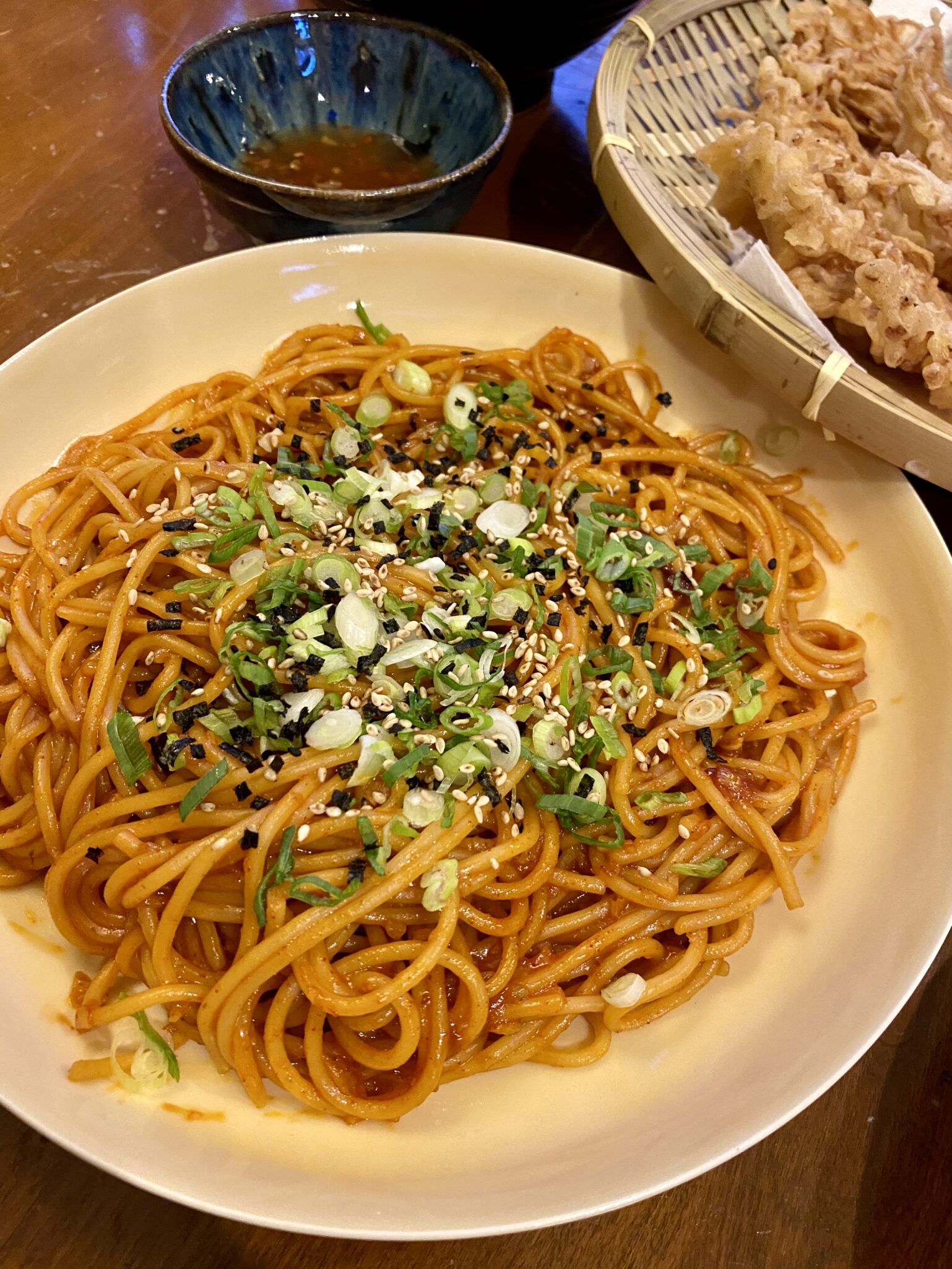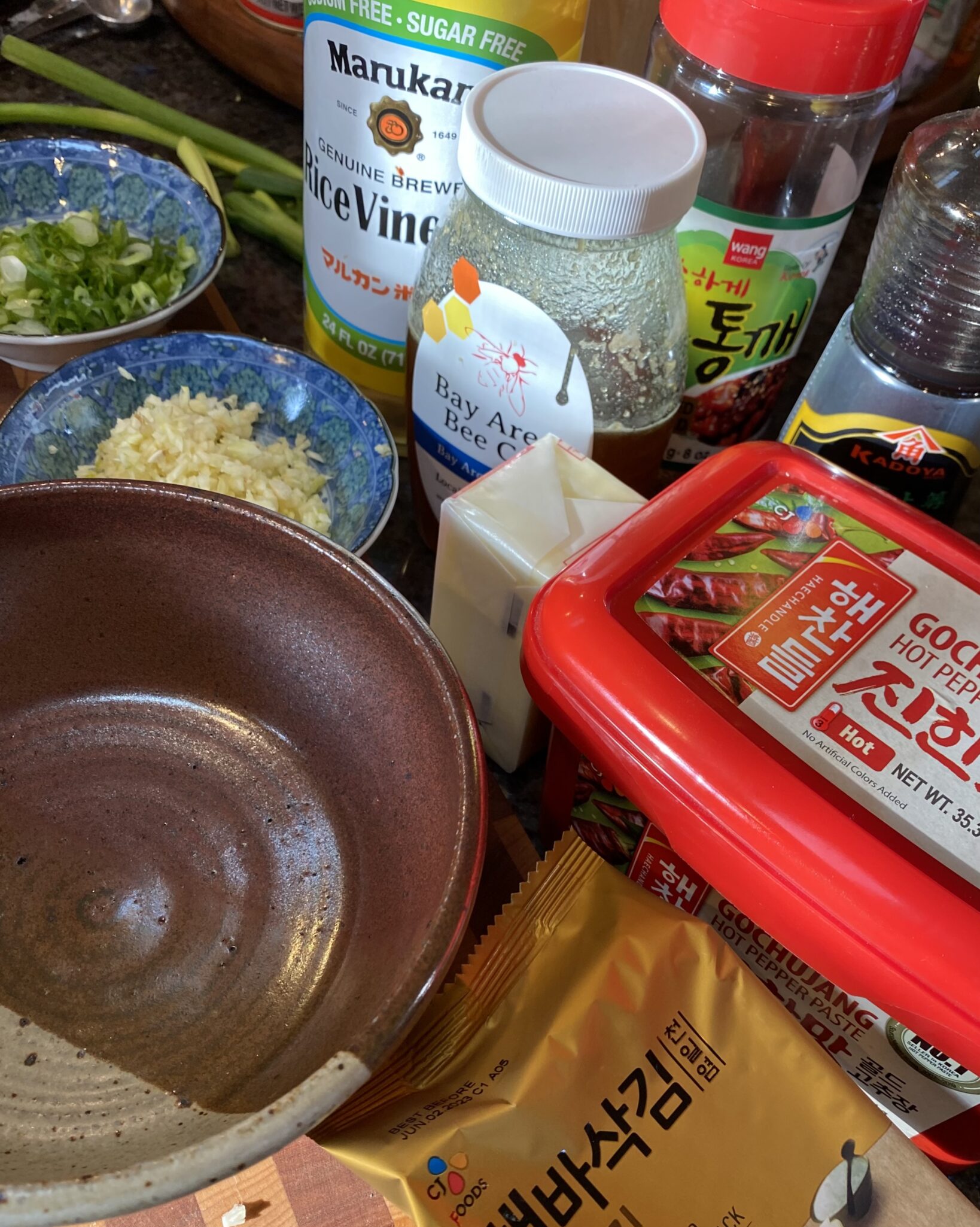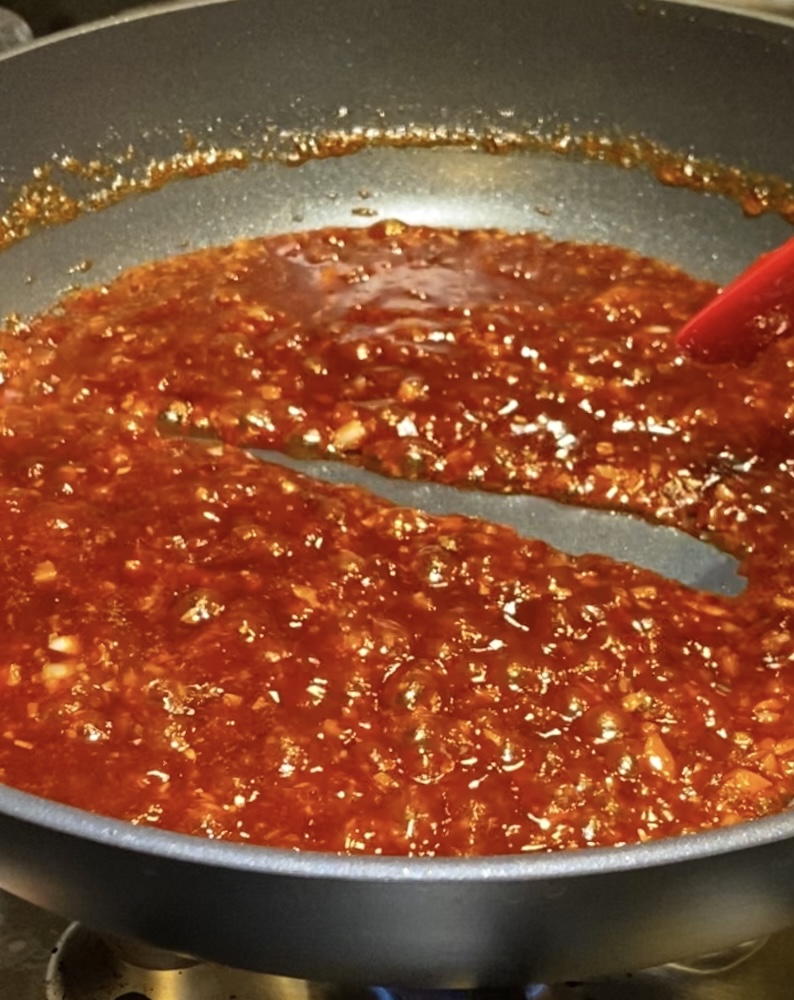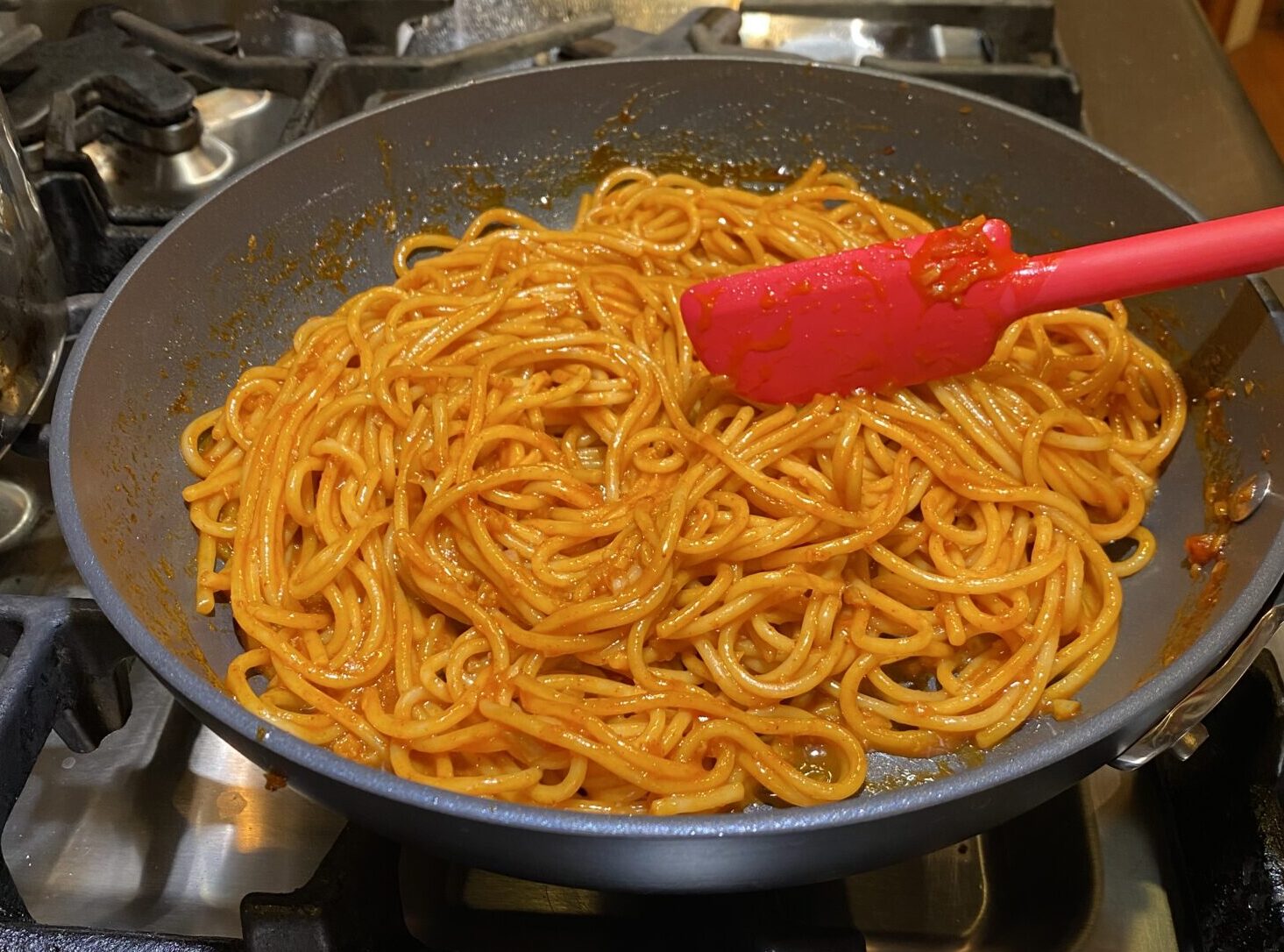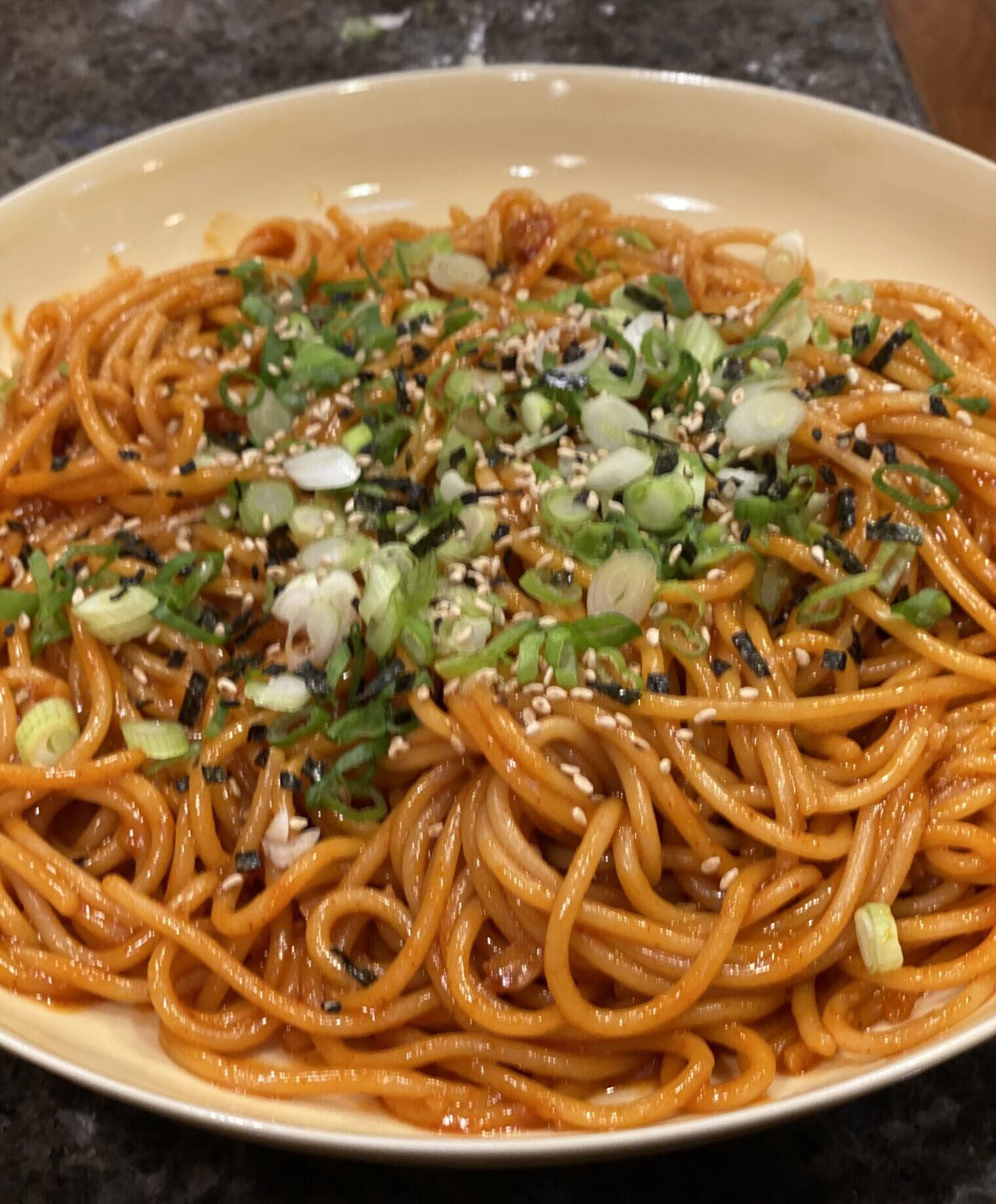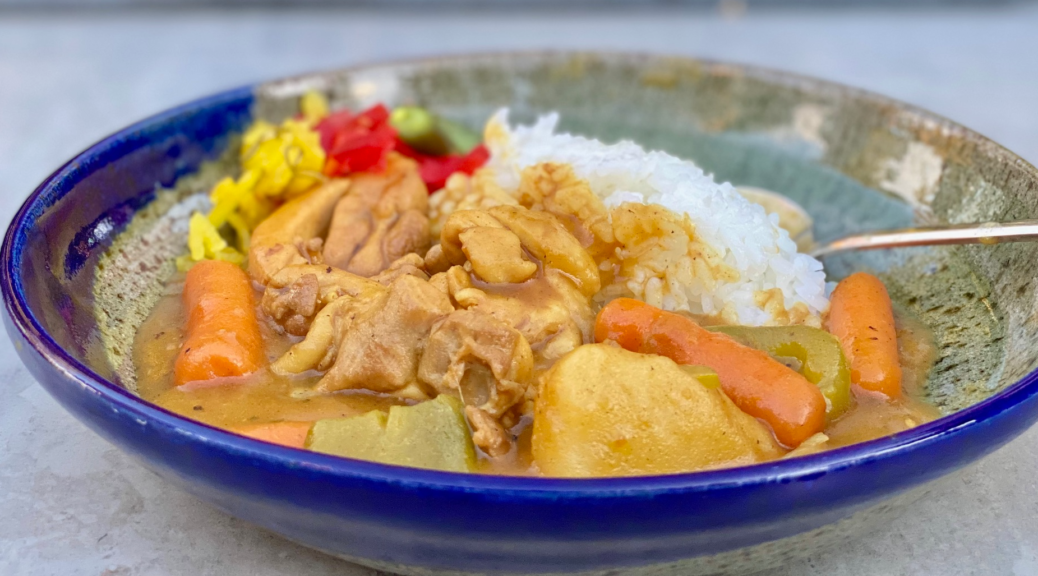
Easy Peasy Curry Chicken
One of my favorite “cheats” are the Japanese curry blocks found in most Asian markets. These little blocks contain the spices and flavorings plus a thickener to make a Japanese-style curry. It’s an easy weeknight meal that comes together in 20-60 minutes depending on your protein. These curry blocks are so good you’ll find them in cookbook recipes and most Japanese restaurants, yep. They add their little tweaks but really, you don’t have to add anything, just follow the instructions on the box, and boom, with minimal work and time, your family will be sitting down to a warm, comforting bowl of curry and rice.
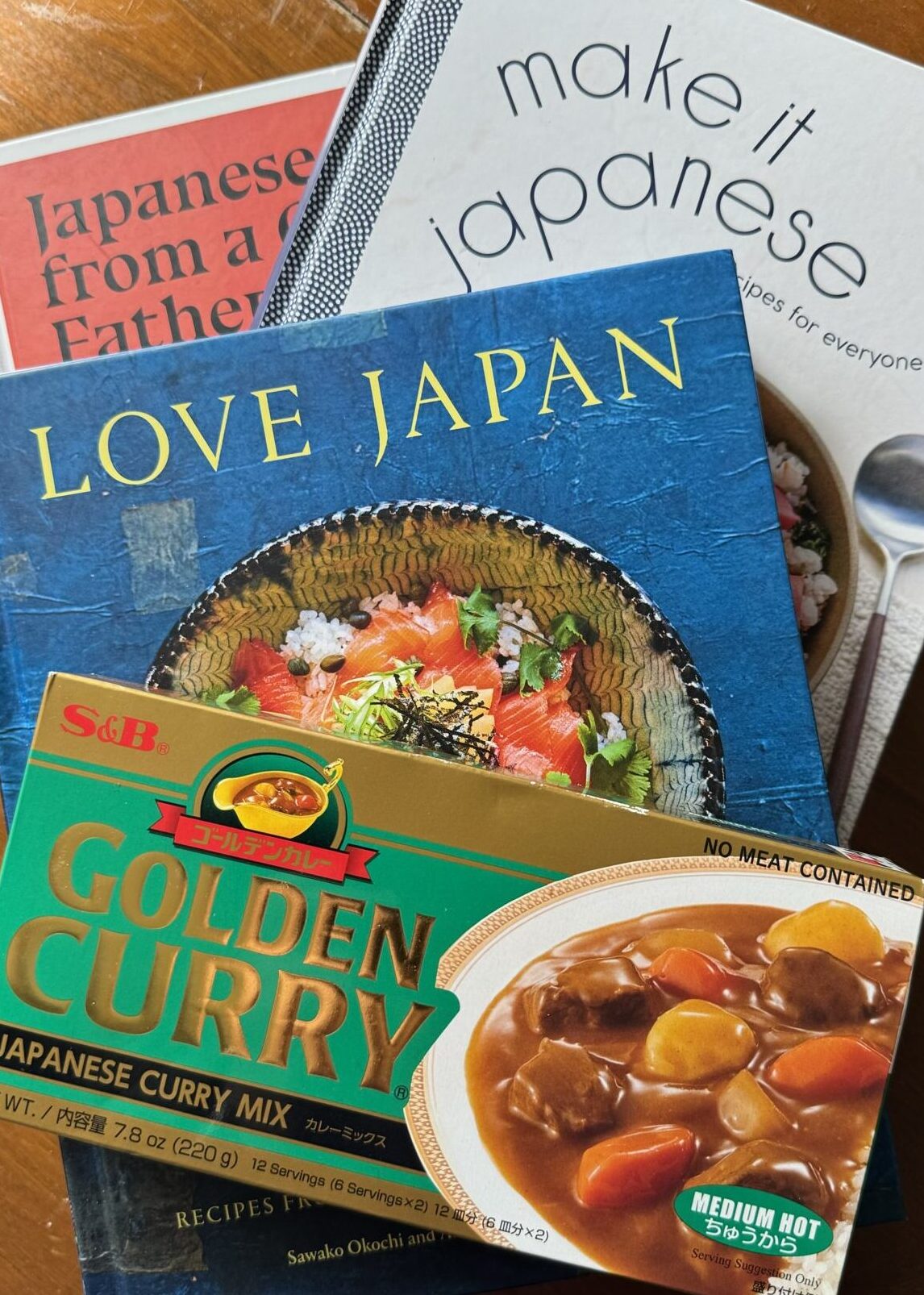
So, Why a Recipe?
Well, someone’s gotta tell you these curry blocks are out there! There are quite a few brands out there and many come in varying degrees of spiciness, mild, hot… Serious Easts does a deep dive on the different brands, here it is Deep Dive Curry. Experiment and find the one you like best. My kids make curry all the time. That’s how easy it is.
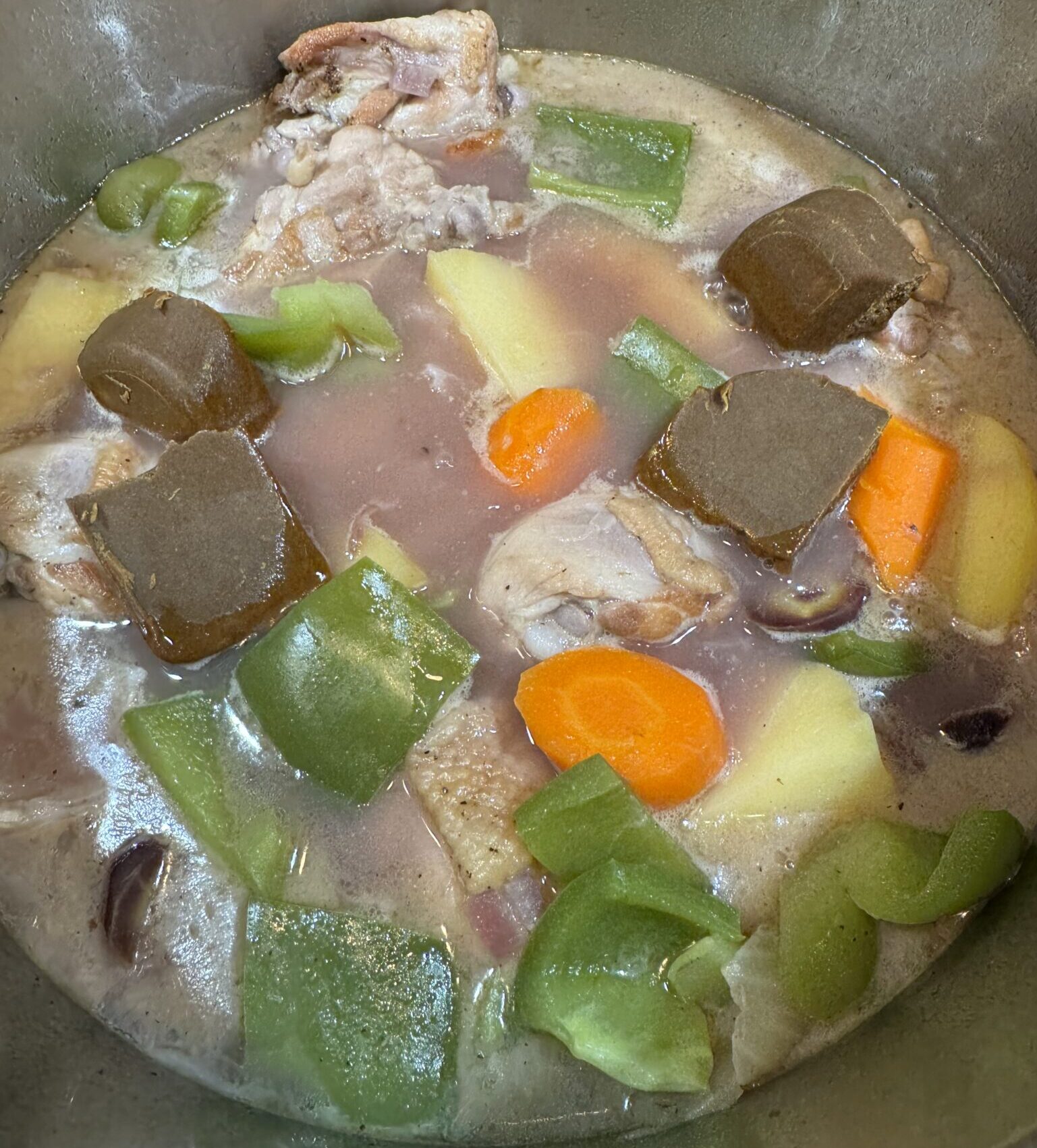
Variations on a Curry
Needless to say, tweak this recipe as you wish. I often make this with pork. Ivan Orkin of Ivan Ramen fame has a recipe for a delicious Pork Curry. Calls for braising chunks of pork in a broth and then adding the curry blocks. He finishes his curry with honey and milk. To cut the cooking time, use an instant pot to cook the pork. Instead of 2 hours on the stove, 30-40 minutes in the instant pot should do it.
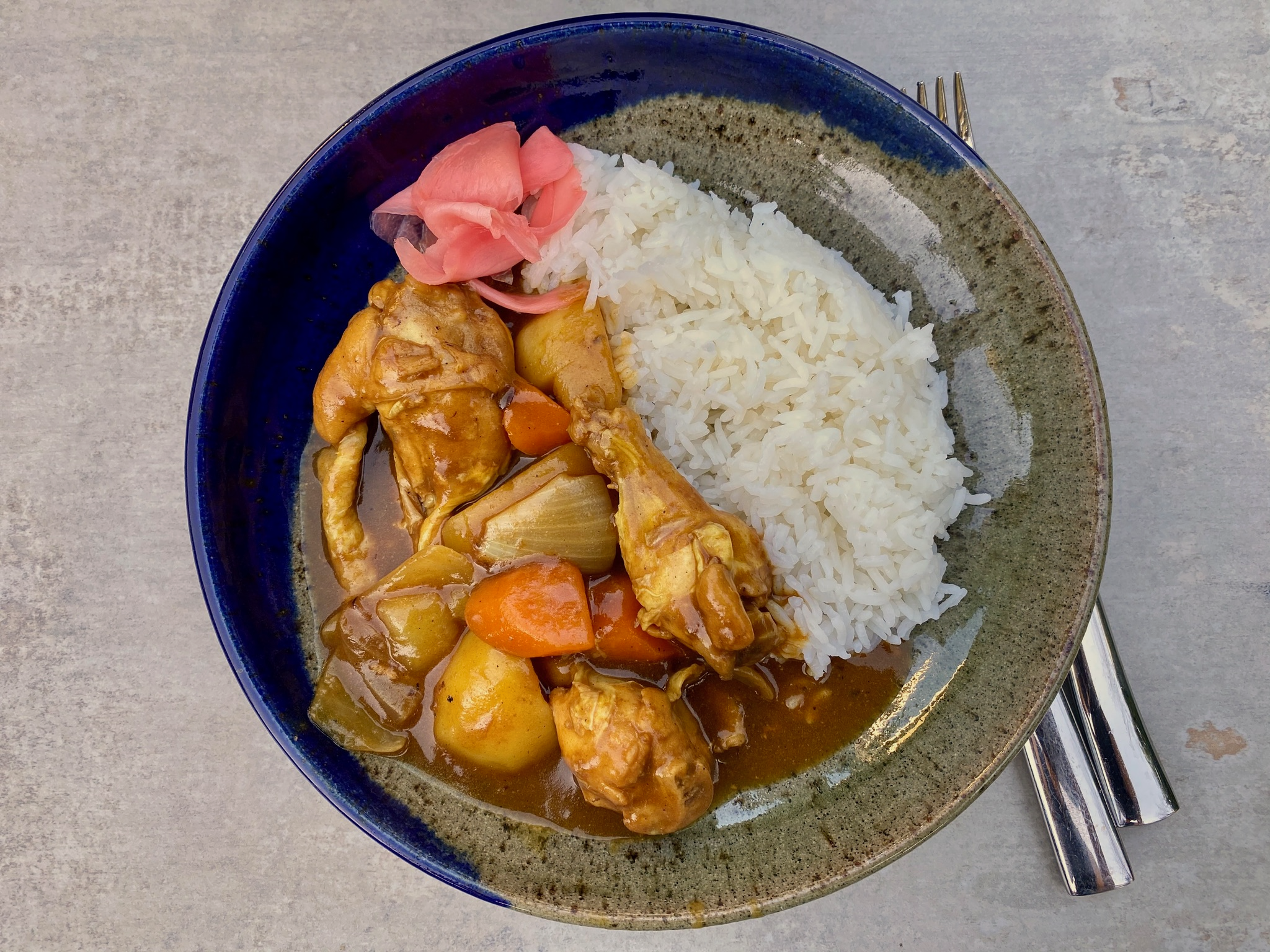
Add more veggies! I throw in an additional 2 cups of veggies into my curry. Don’t worry about the curry sauce, there will be plenty. Cauliflower and bell peppers come to mind first, then squash like zucchini or kaboucha would be yummy.
Looking for a Thai Curry? The Thai equivalent to Japanese curry blocks are curry pastes in little tubs. My favorite brand is Mae Ploy, and it comes in an array- red, green, Massaman. A previous post on curry pastes and a recipe for a flavorful Thai curry made in an Instant Pot is one of my favorites.
So, go get yourself some curry blocks or curry pastes, make your curry, cook one big pot rice, and spoon it into your favorite bowl. Eat while curled up on your sofa watching your favorite Hallmark Christmas Movie (yes they are already out), or K-drama (Goblin or My Dearest), or C-drama (Double or Princess Royale). This is part of your self-care, after all, we could all use some comfort right now.
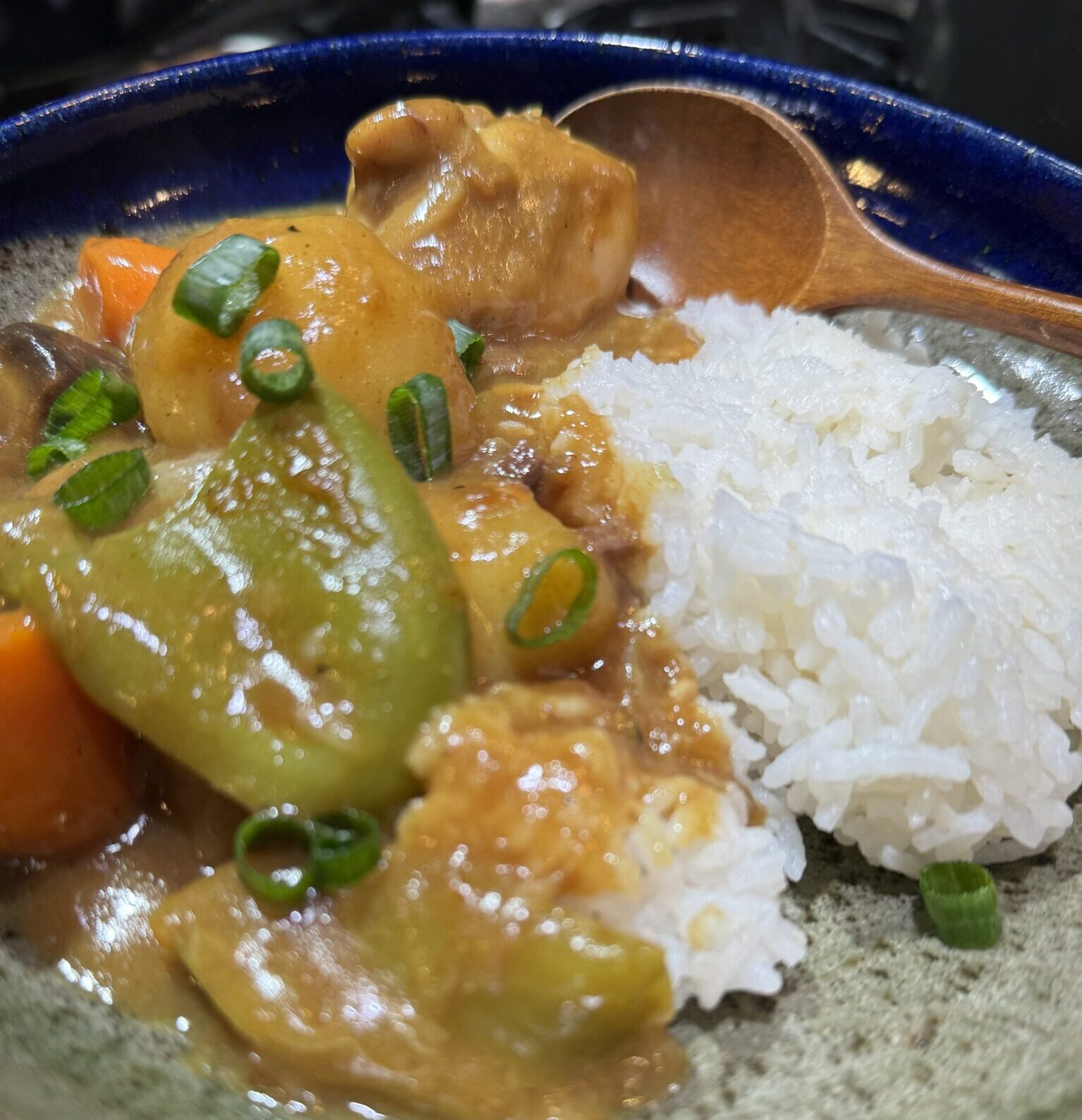
Curry Chicken
Ingredients
- 6 bone-in skin-on chicken thighs ~2 lb or 6-7 pieces
- ½ tsp Diamond Crystal kosher salt
- freshly ground black pepper
- 2 slices ginger
- 2 small yellow onions 1 lb, 454 g
- 1-2 Yukon gold potatoes, peeled 6.5 oz, 184 g
- 3 carrots, peeled 4 oz, 113 g
- ¼ cup green peas 1.3 oz, 36 g
- 2 Tbsp neutral oil for cooking
Optional but highly recommended
- 1-2 cups Your favorite veggies, there will be plenty of sauce to acommodate more veggies. Cut to similar size of other veggies bell peppers, cauliflower!!, squash, celery
Curry Sauce
- ¼ cup sake
- 2 cups chicken stock/broth or use vegetable stock low salt or 2.5 cups with 2 tsp chicken powder
- ½ cup water add more if needed
- ½ package Japanese curry roux 3.5–4.2 oz, 100–120 g; I like thwe OG S&B brand
- 1 Tbsp mirin
- 1 Tbsp soy sauce
Instructions
Prep Ingredients
- Prick skin of 6 bone-in skin-on chicken thighs or 3 whole legs split with the tip of your knife (so the flavors will penetrate the skin). Cut off the excess fat with a pair of scissors (or knife).
- Season the chicken with ½ tsp Diamond Crystal kosher salt and freshly ground black pepper on both sides.
- Cut onions into wedges. The wedge cut adds more texture; however, you can also thinly slice or dice.
- Peel and cut Yukon gold potato into 8 pieces.
- Peel and cut carrots into bite-size pieces. Additional veggies can also be cut into bite-sized pieces. Set aside the vegetables on a tray or plate.
Making the Curry
- In a large pot (I use a Dutch oven), heat 1 Tbsp neutral oil on medium-high heat. When it’s hot, sear the chicken on the skin side first. Do not crowd the pan to avoid steaming the chicken and cook in batches if necessary.
- Flip the chicken and cook the other side for 2 minutes and then transfer to a plate until the rest is done.
- Add the onion to the pot and coat with the oil using a wooden spoon/spatula. If there is not enough oil, add ½–1 Tbsp more oil.
- Add ginger slices and sauté, stirring occasionally, until the onions are tender. If the burnt spots on the bottom of the pot need some scraping, you can add sake here (instead of the next step) to loosen them up.
- Add the chicken back into the pot and add ¼ cup sake.
- Add 2 cups chicken stock/broth and ½ cup water, or water plus chicken powder just enough to almost cover the chicken. If you use a larger pot, it may not cover, so please adjust the amount of stock/water. This is not a soupy curry, so we do not need much liquid.
- Cover the lid and bring it to a simmer. When simmering, skim the scum and foam with a fine-mesh skimmer.
- Cook covered on low heat for 40 minutes.
- Add the carrots, potatoes, and any other veggies you like, make sure they are submerged in the cooking liquid. Options include bell peppers and cauliflower or squash
- Cook covered until they are tender, about 15 minutes.
- Turn off the heat and dissolve ½ package Japanese curry roux, one cube at a time in a ladleful of hot broth. When the first cube is dissolved, release it to the broth and mix gently without breaking the tender vegetables. Repeat the process until you finish dissolving all the roux.
- Add 1 Tbsp mirin and 1 Tbsp soy sauce. Mix all together and check the taste. You can add water to loosen the curry if it's too thick. Add 2 Tbsp water. Add more water, if necessary to control the consistency of the curry here. The sauce should be pretty thick though.
- Add ¼ cup green peas and cook for another minute. Serve the curry with steamed rice.
